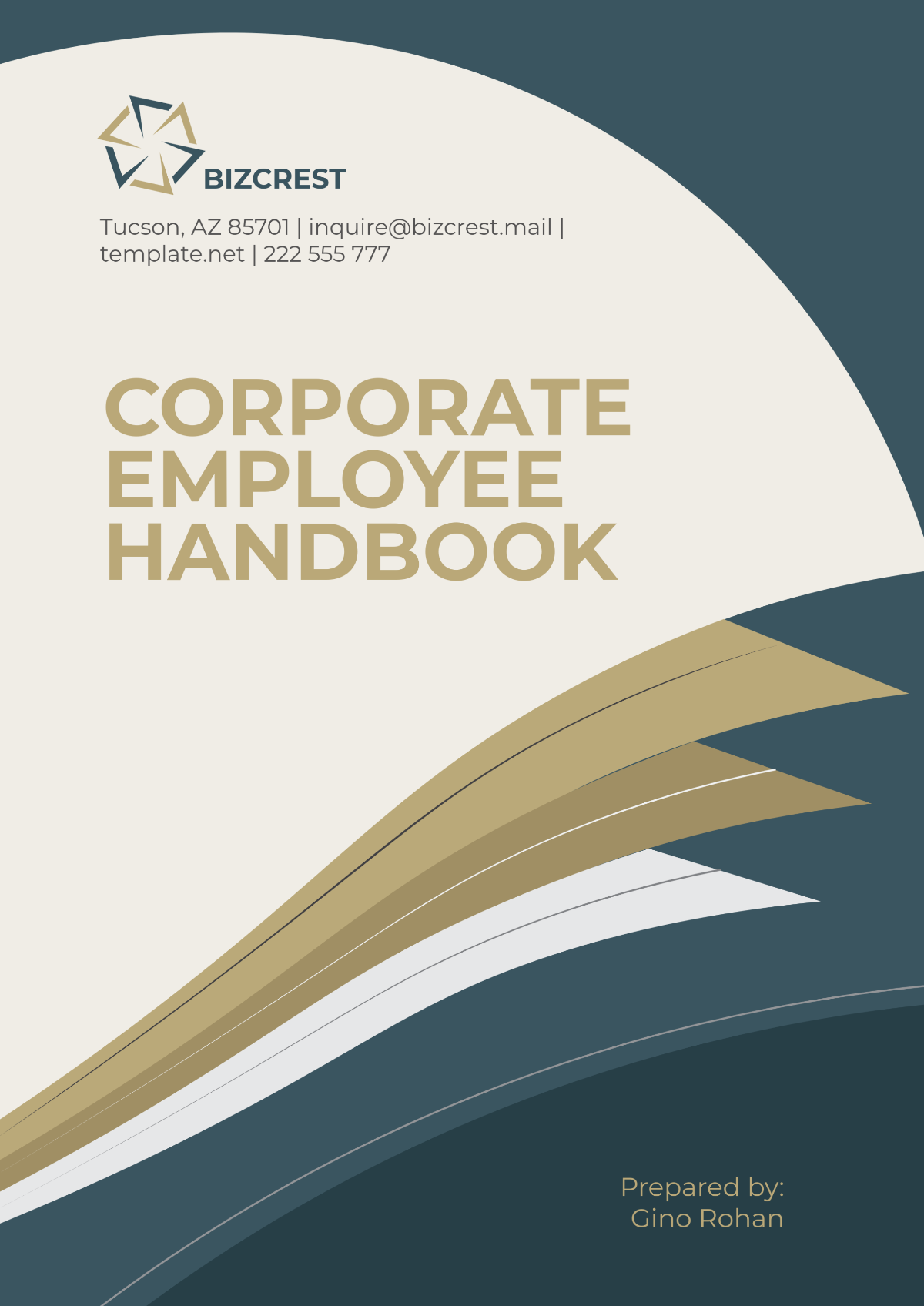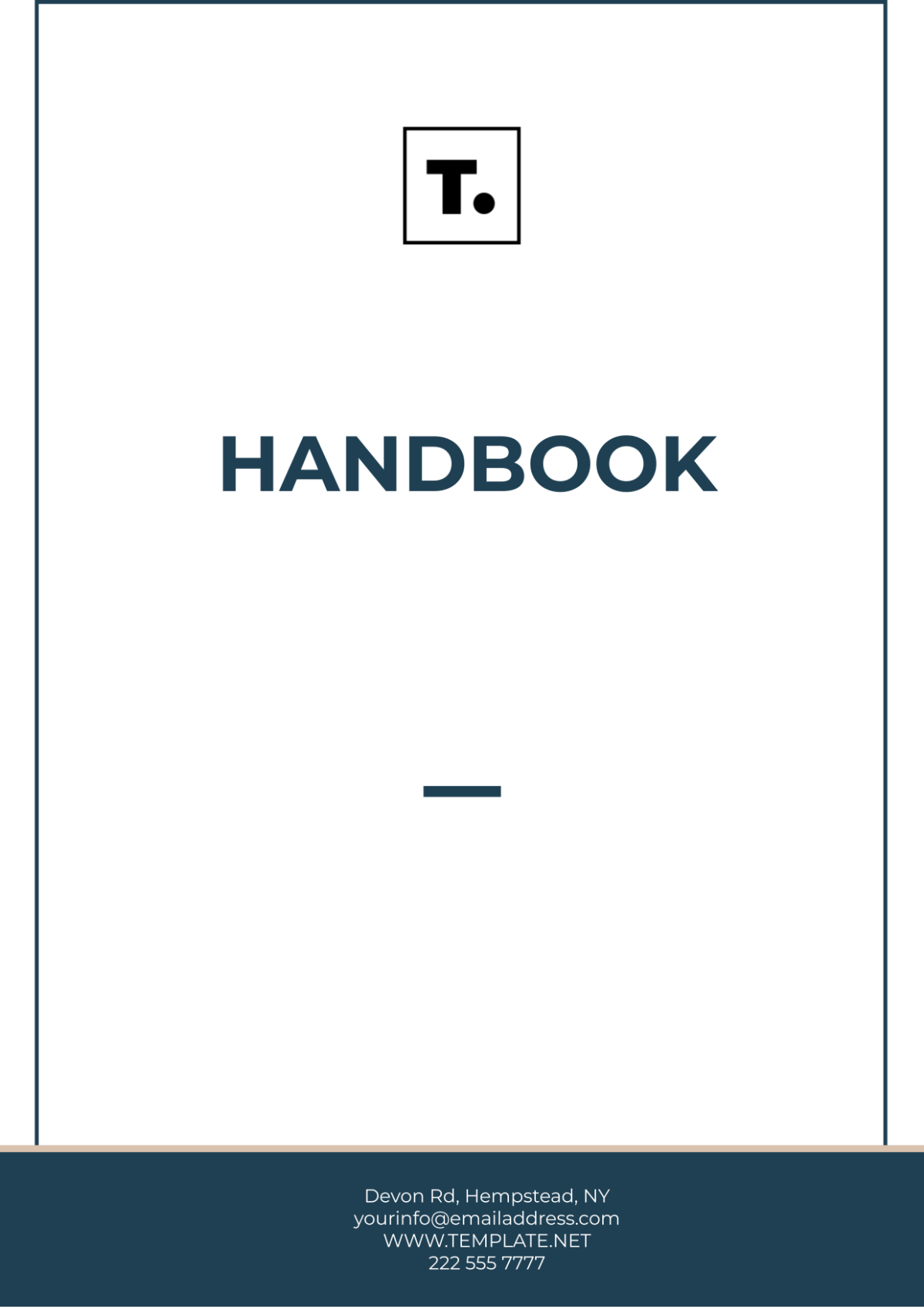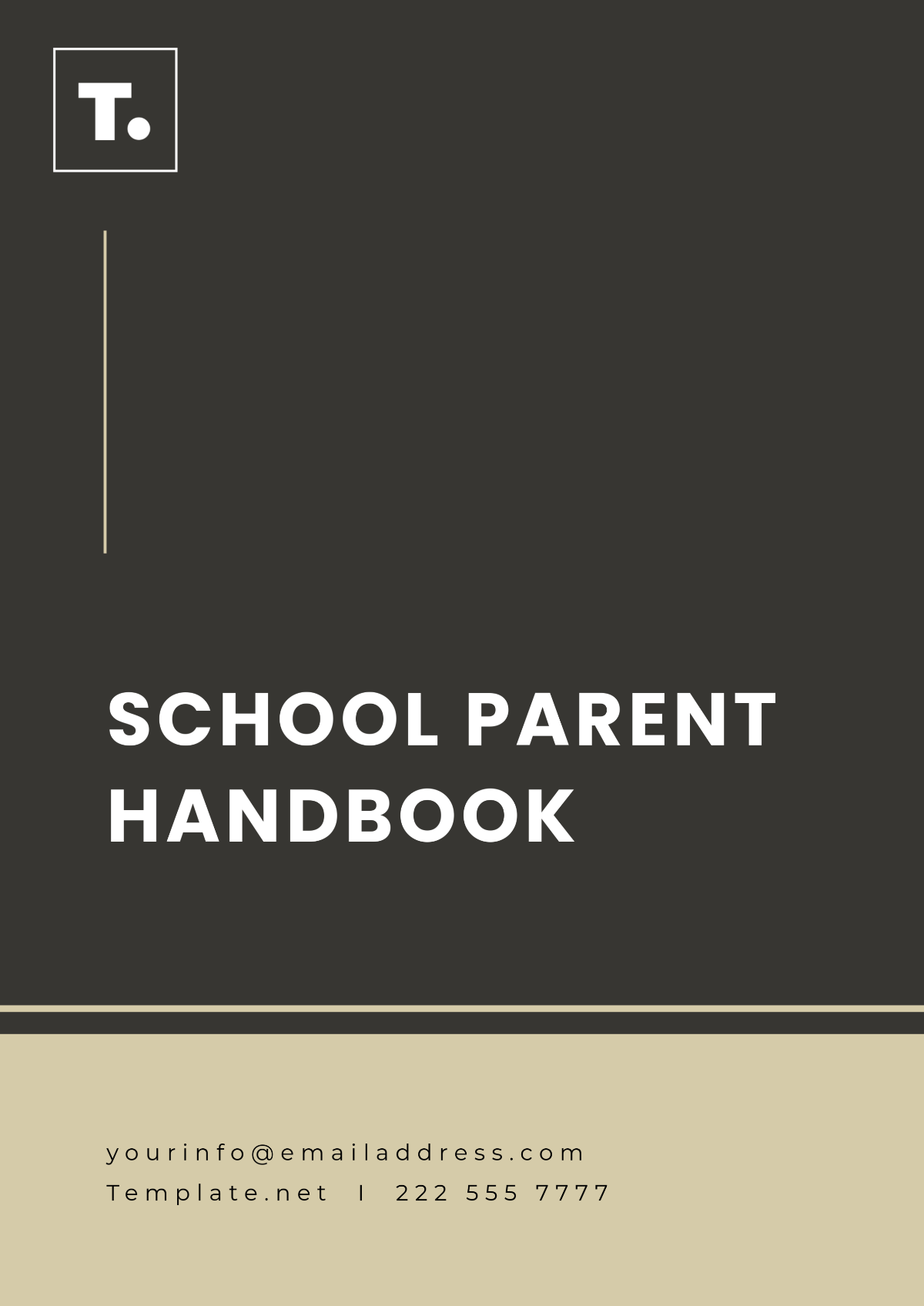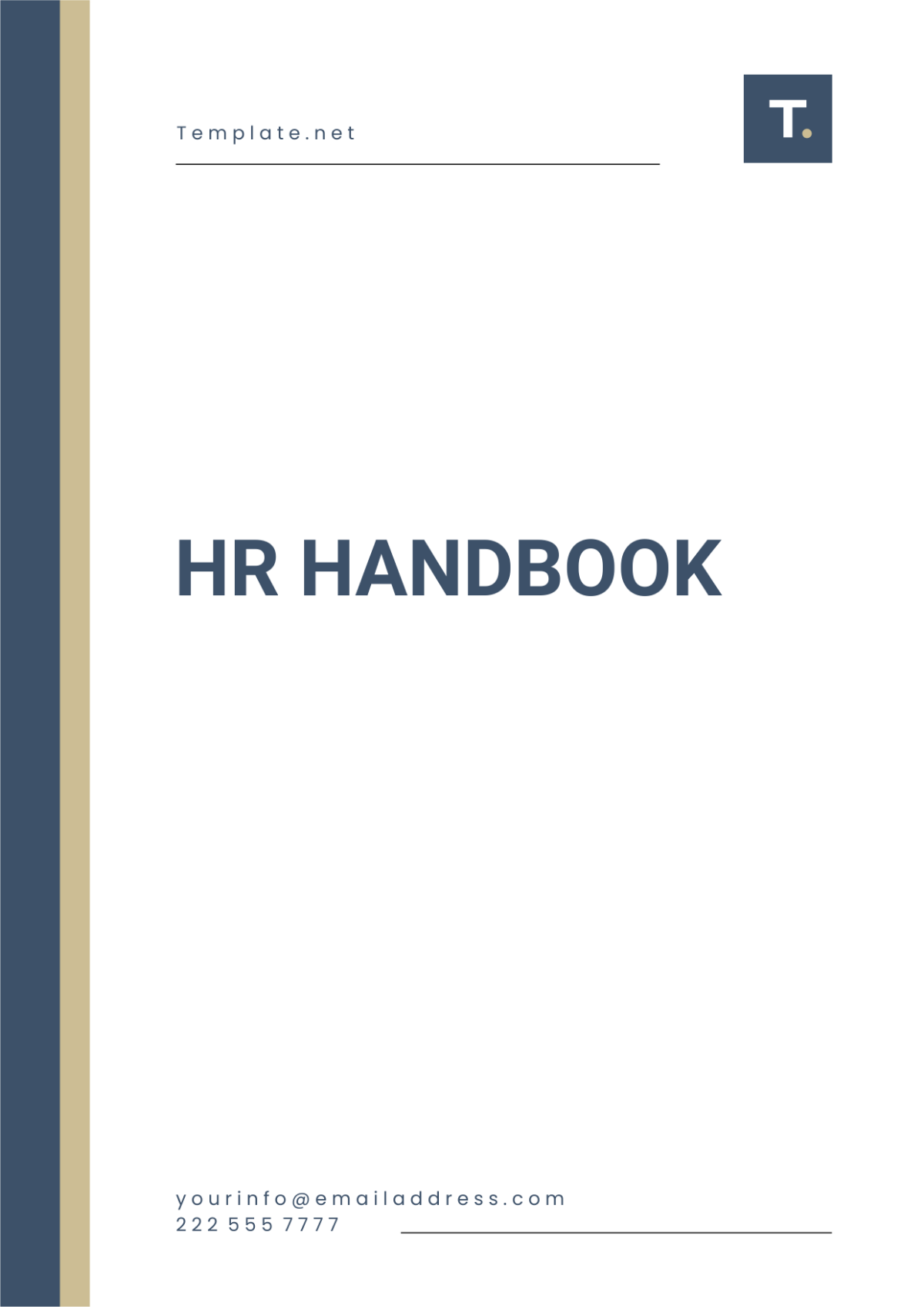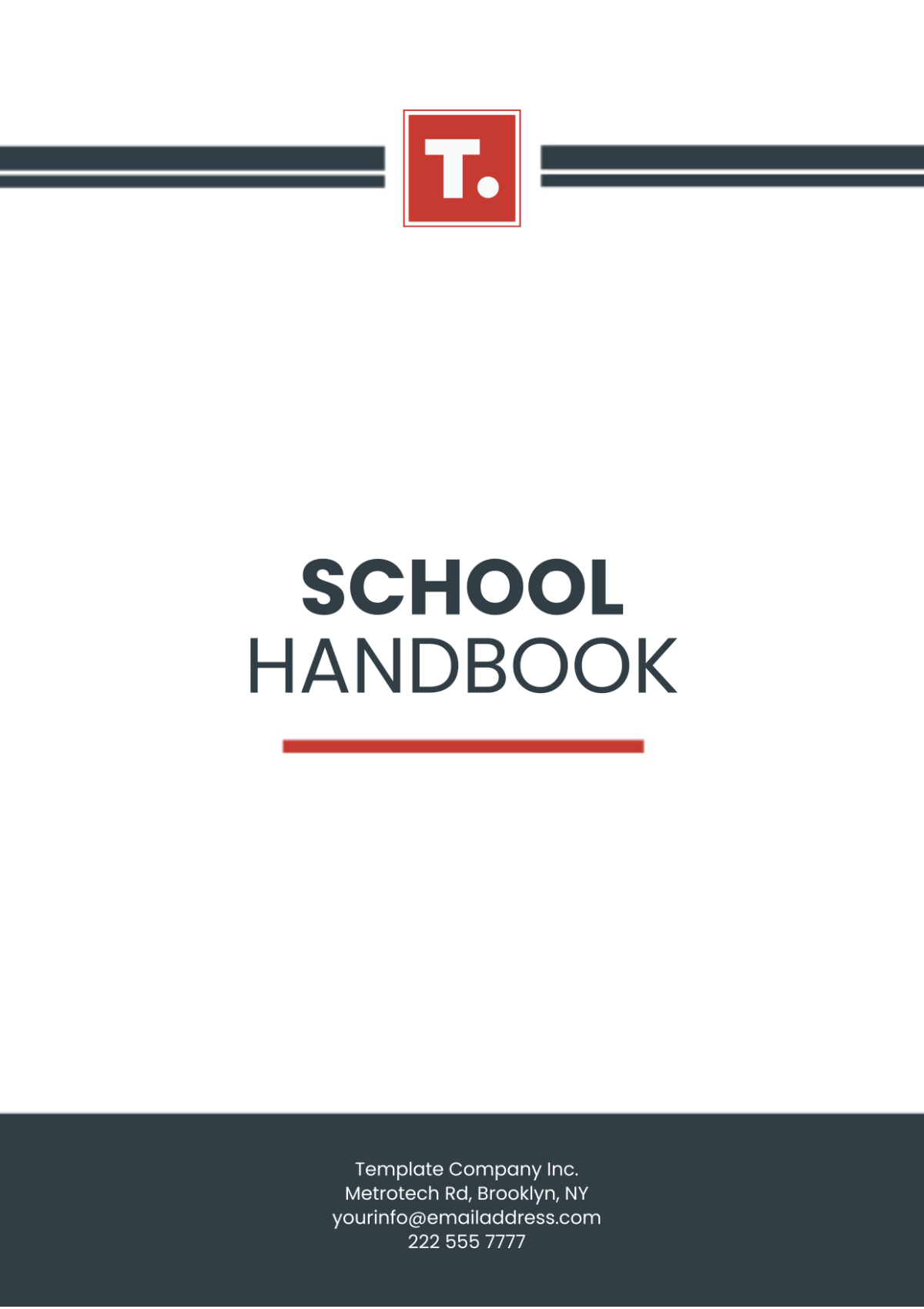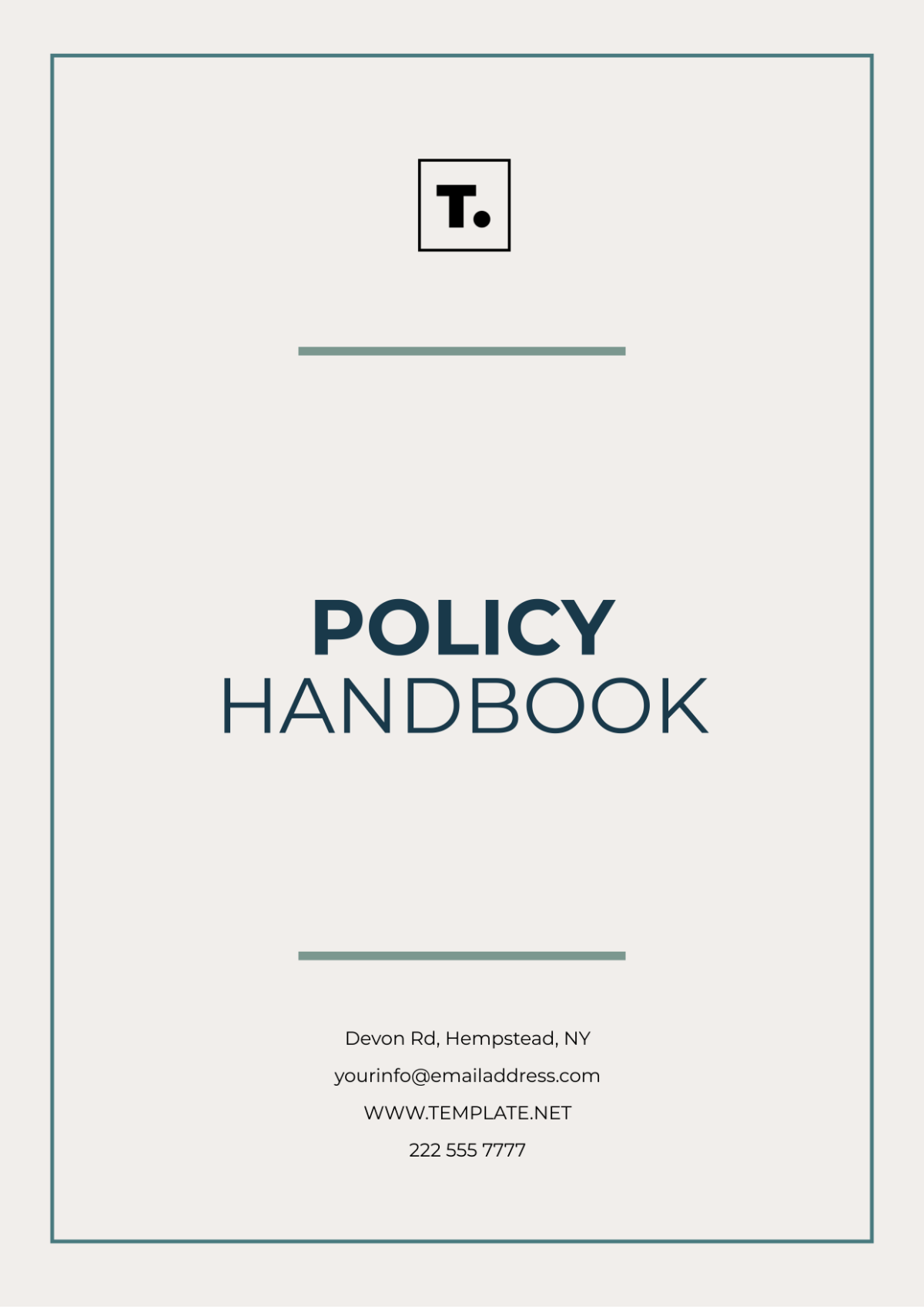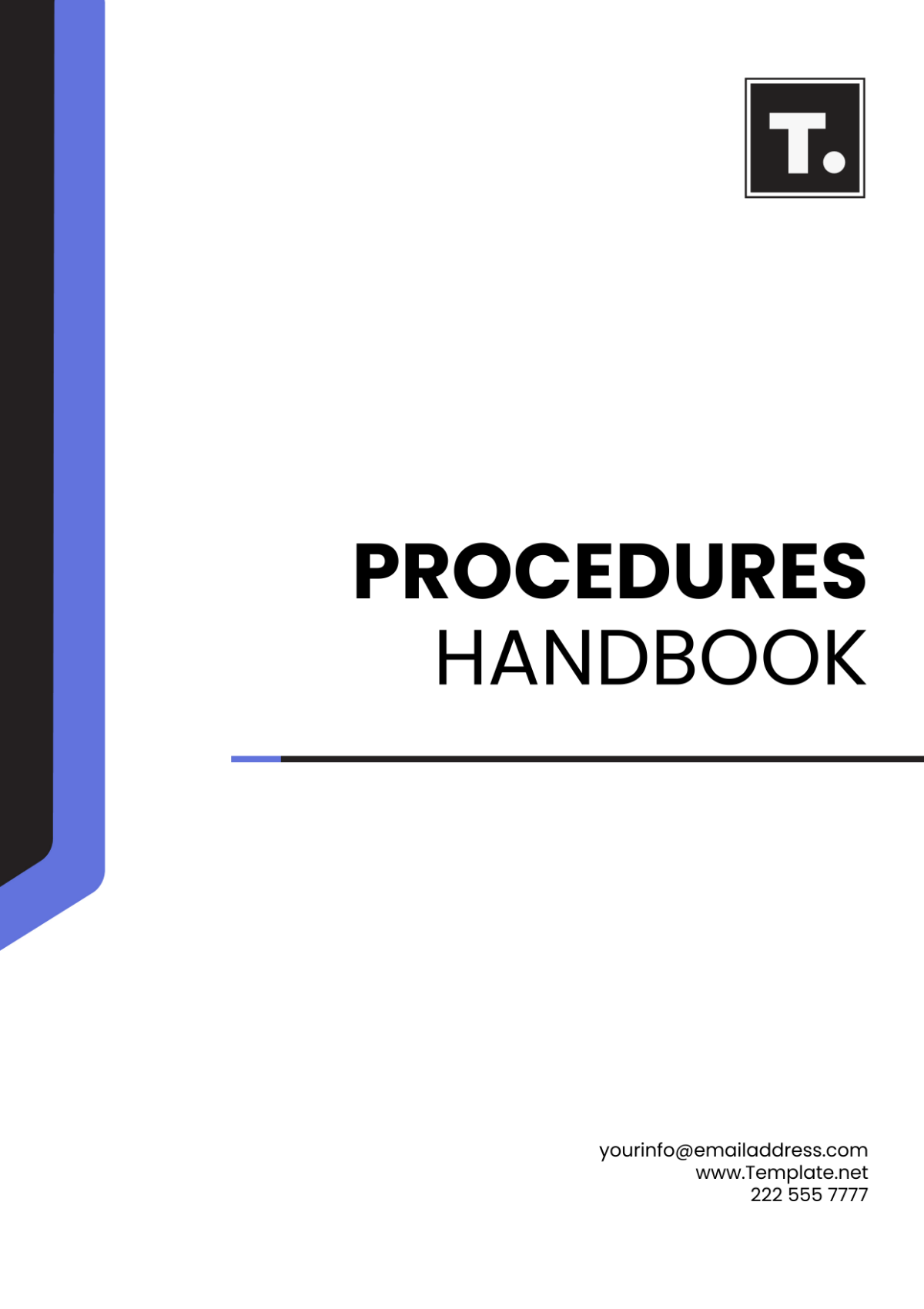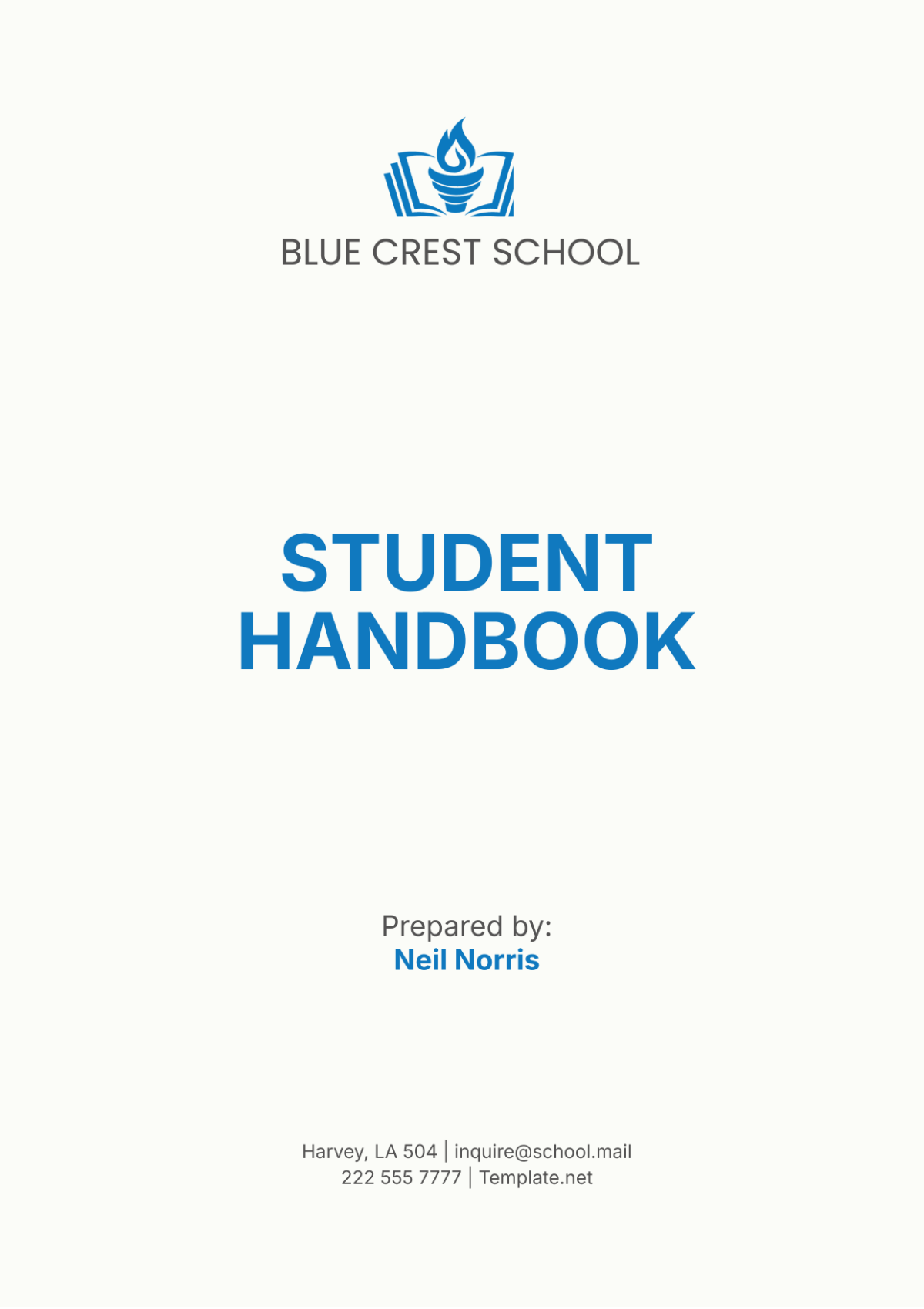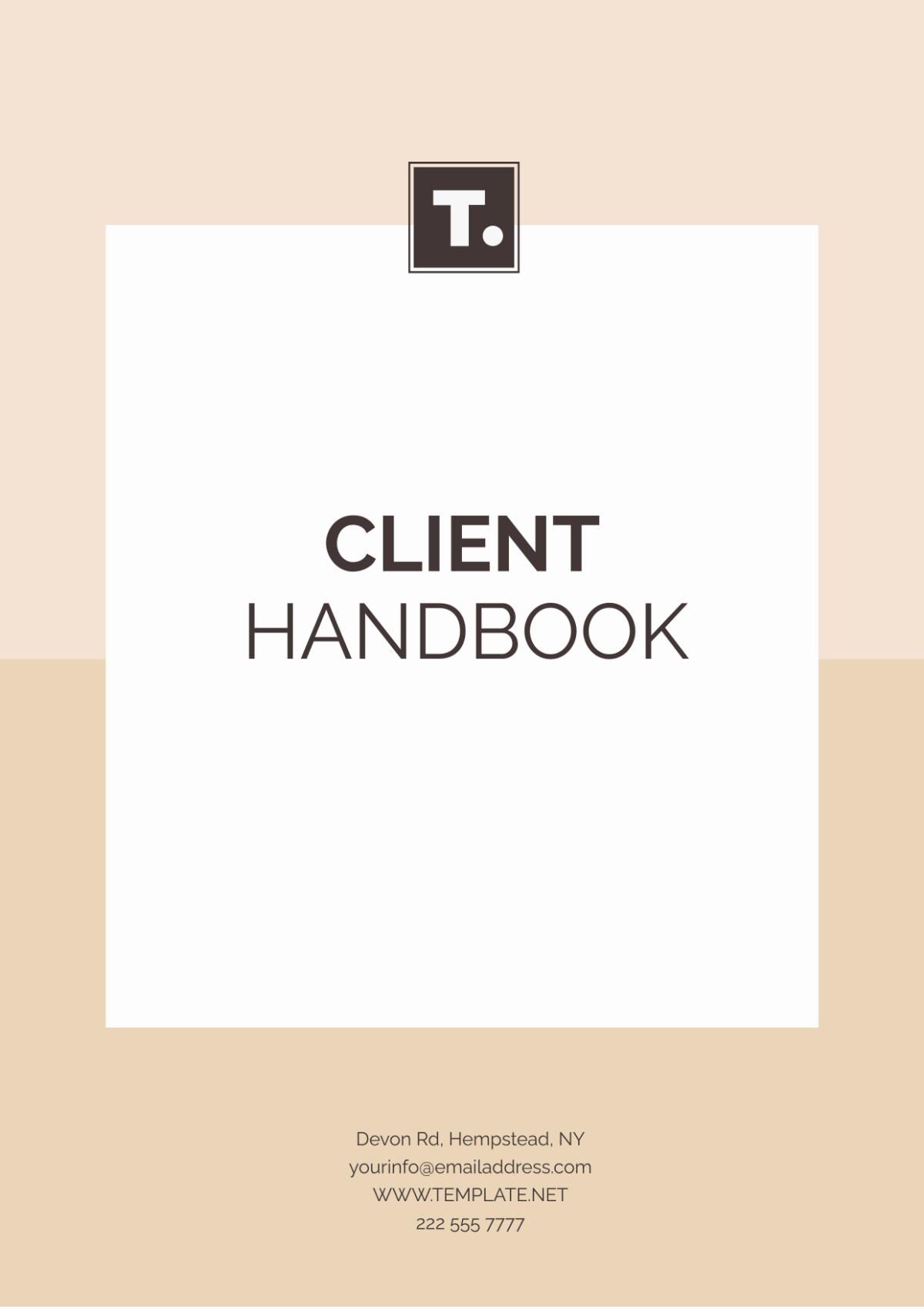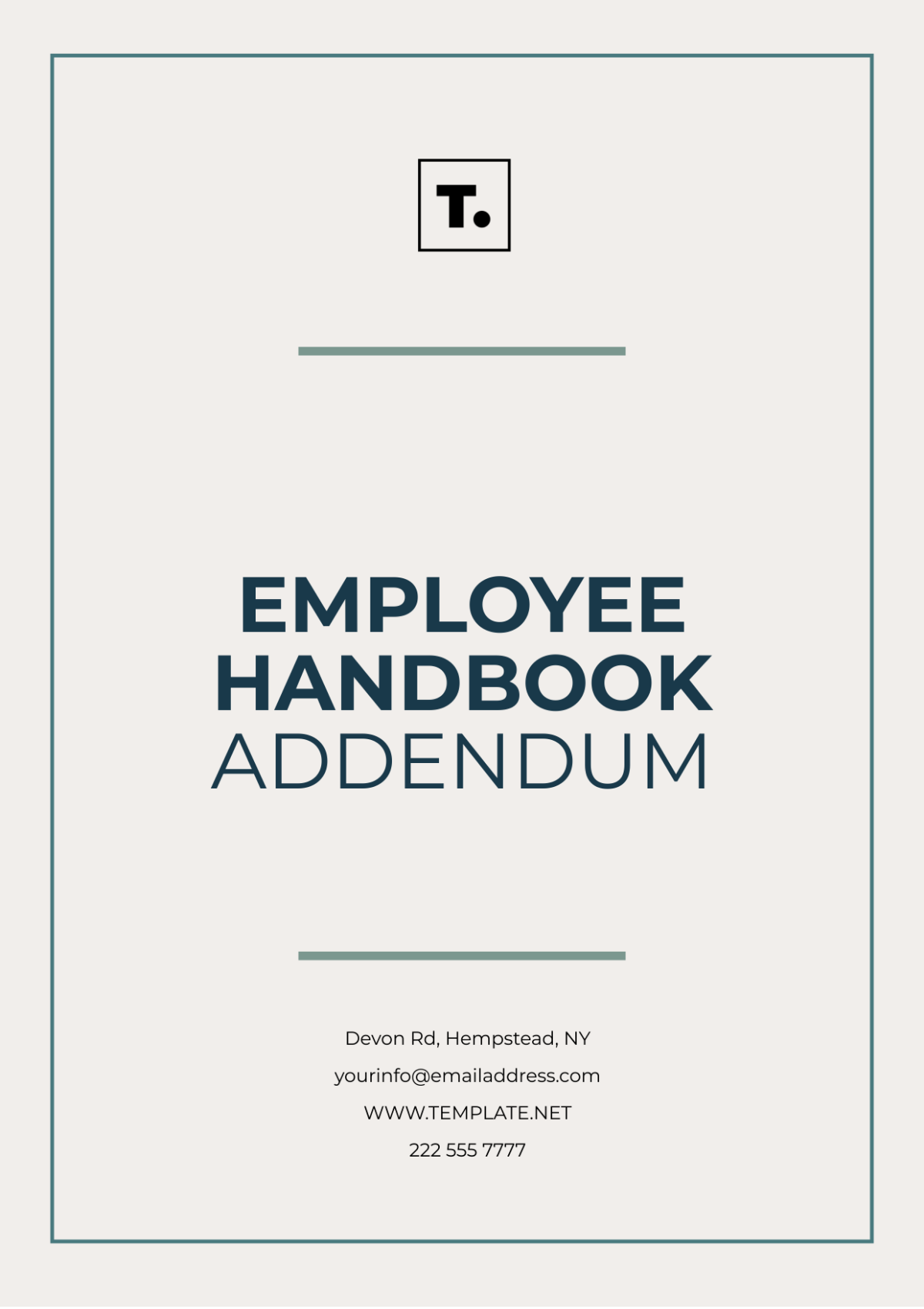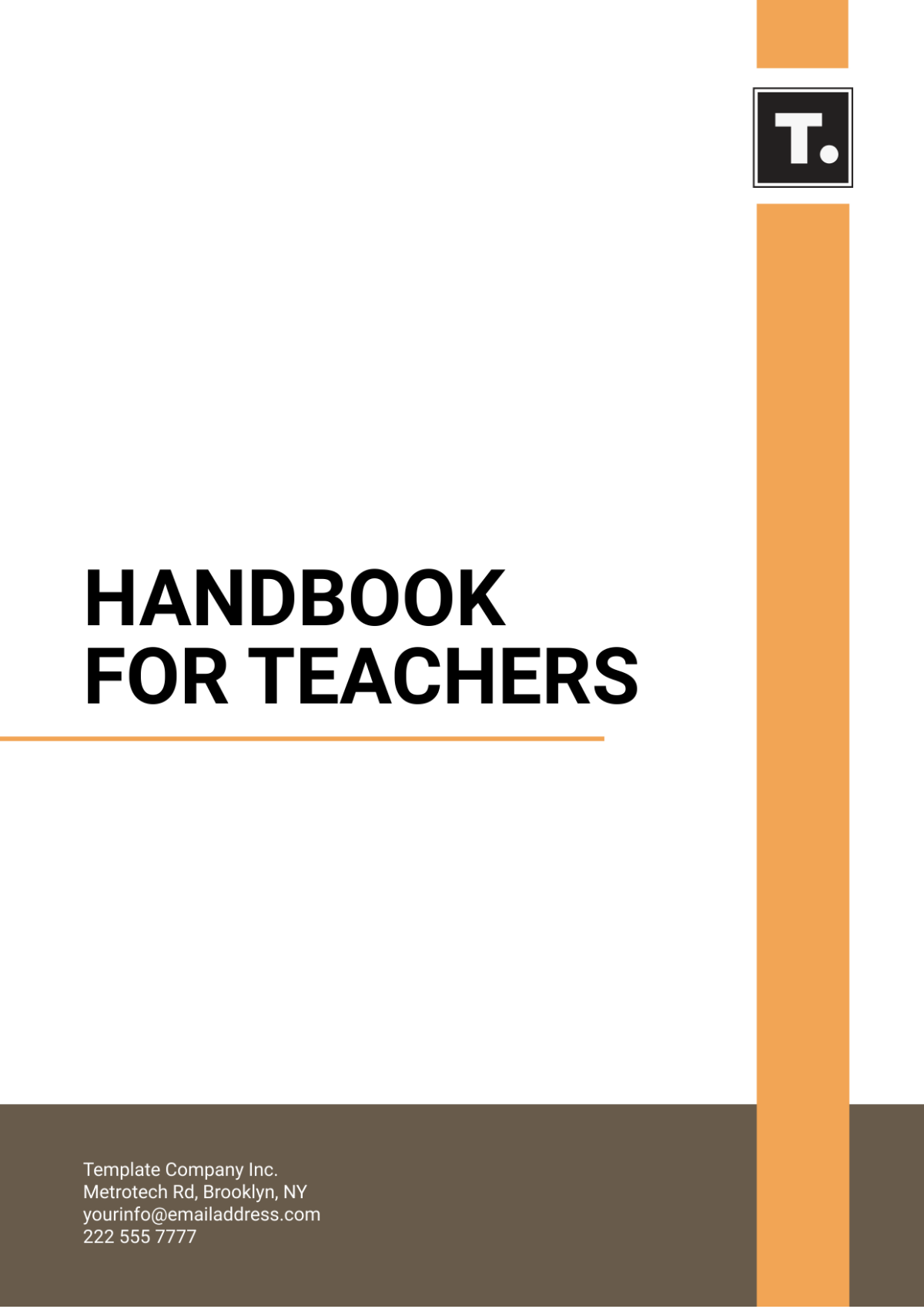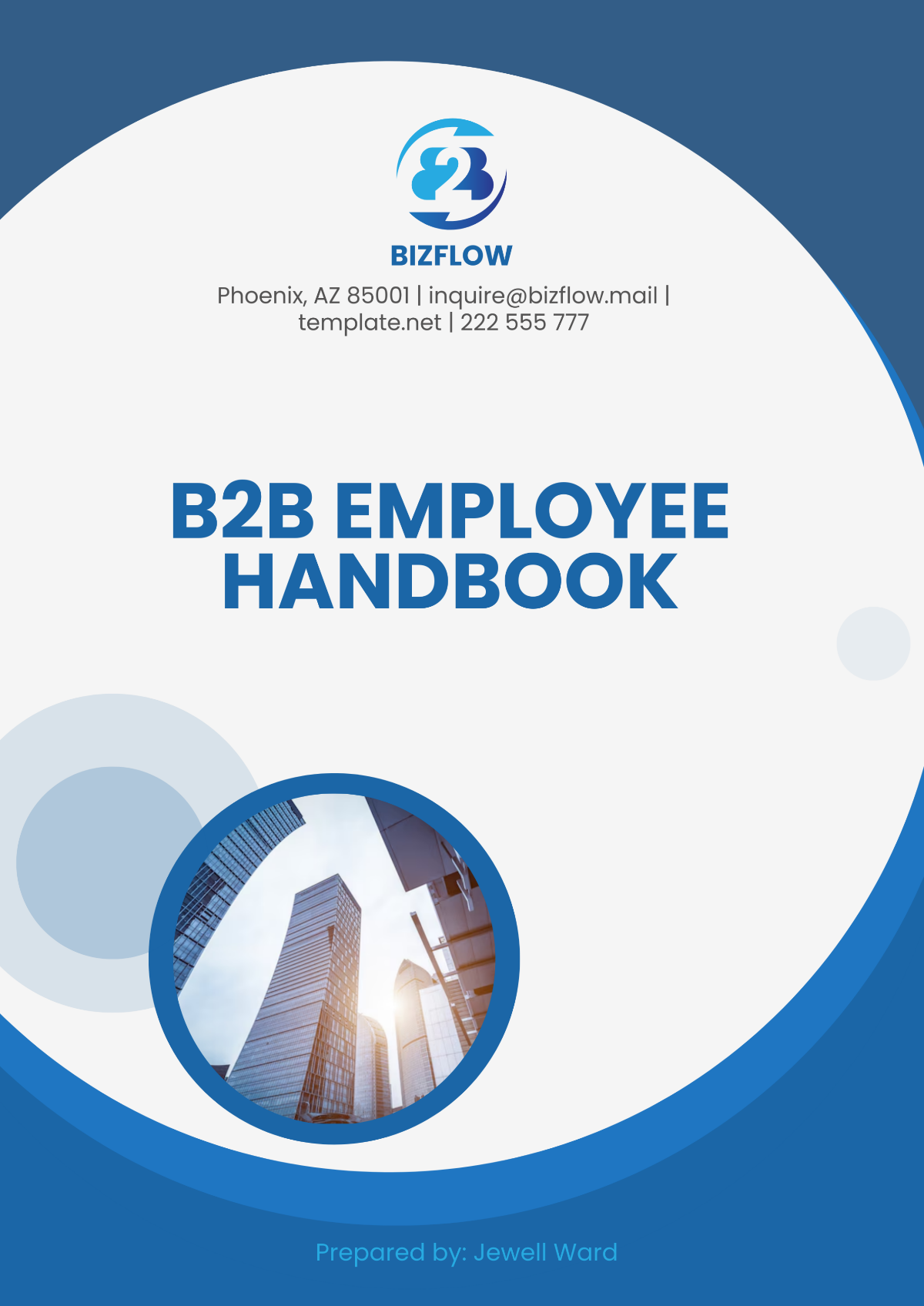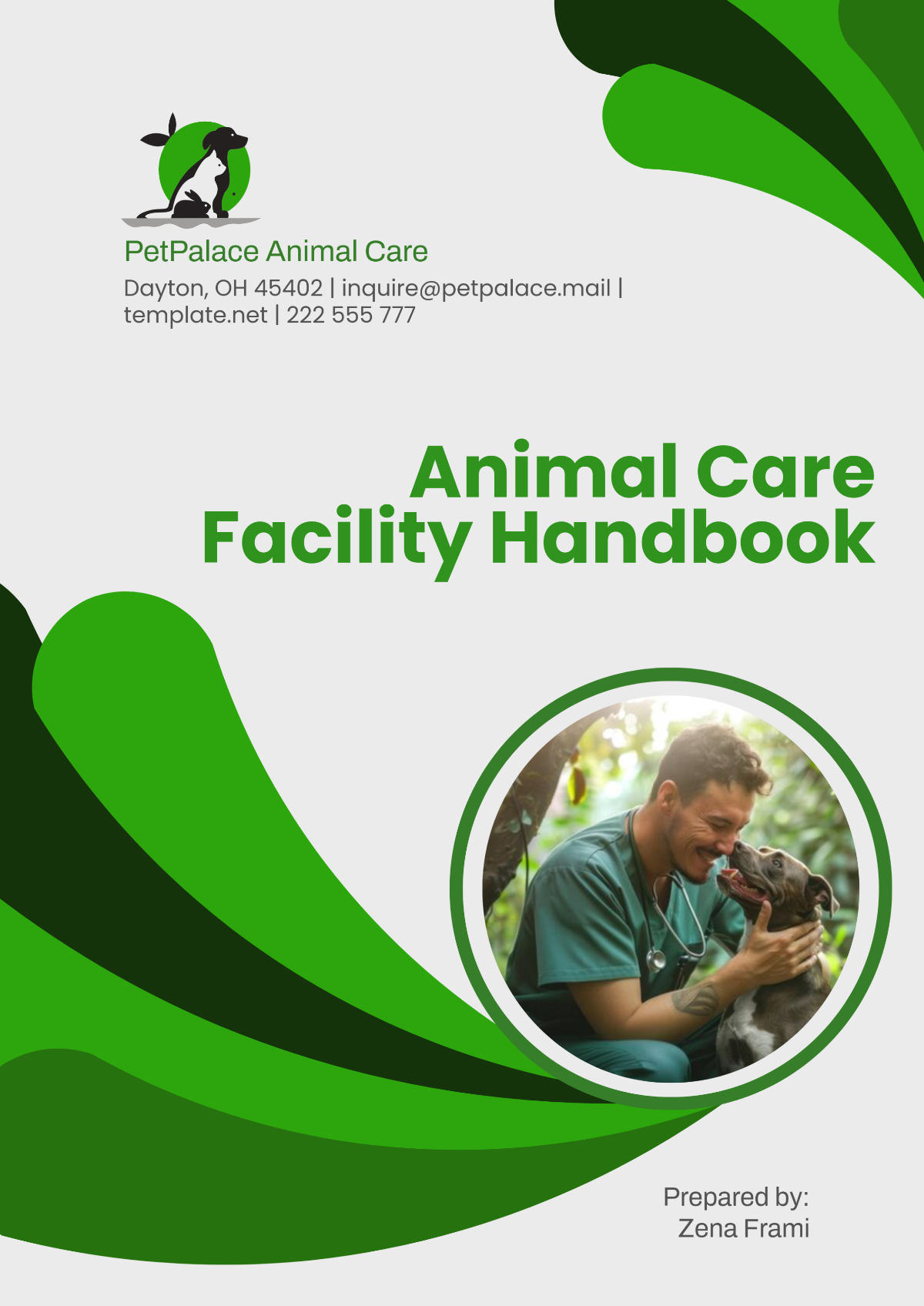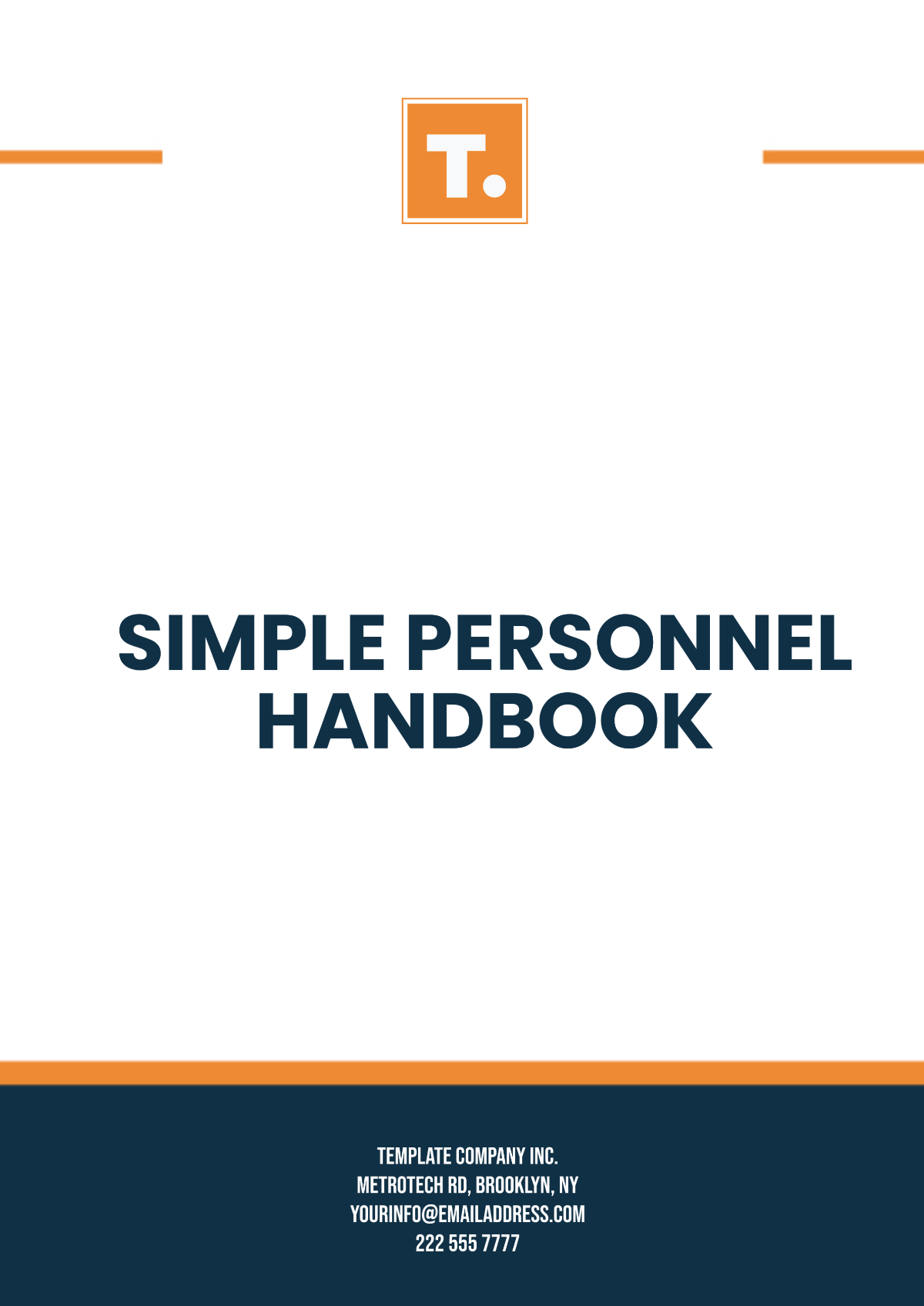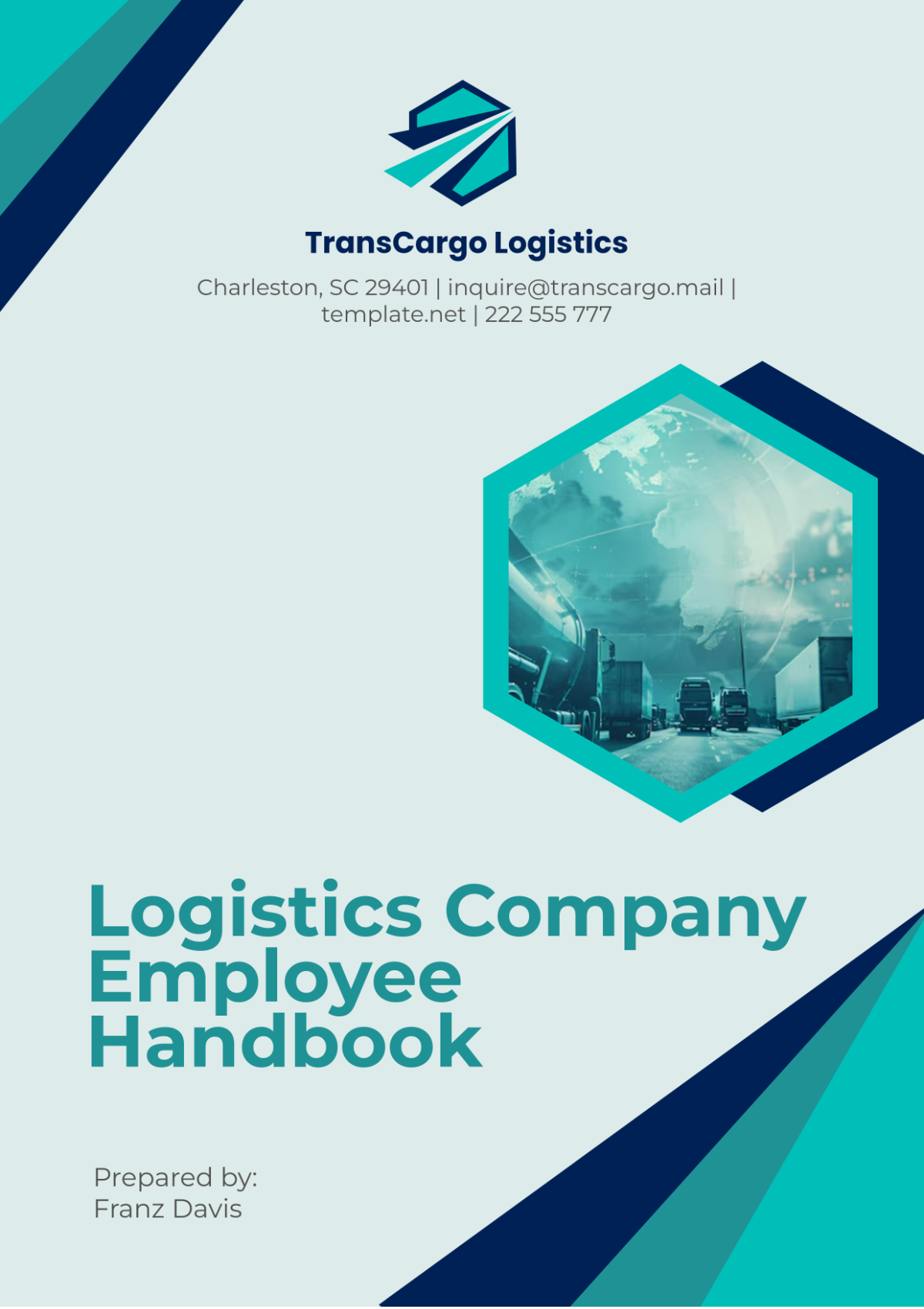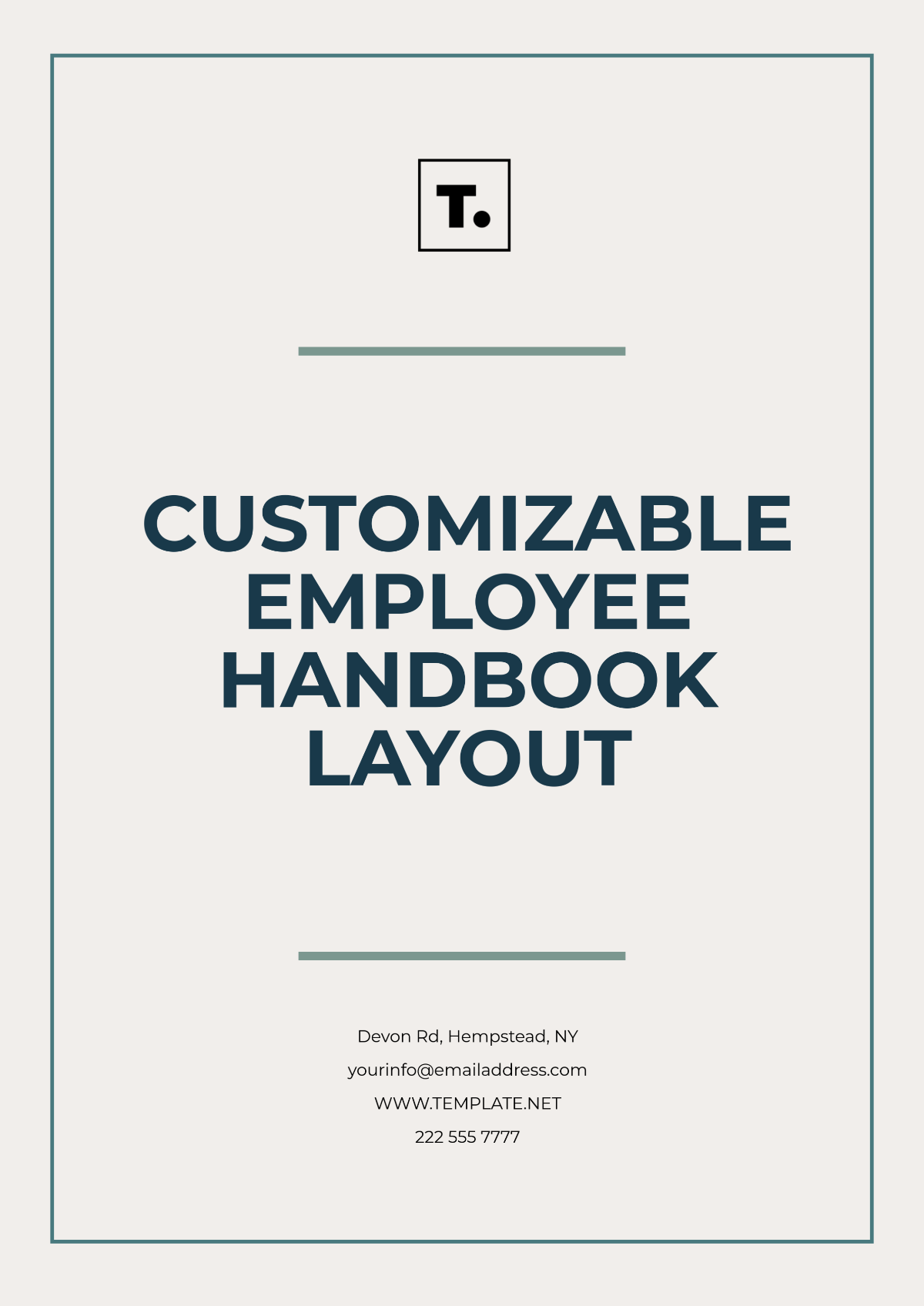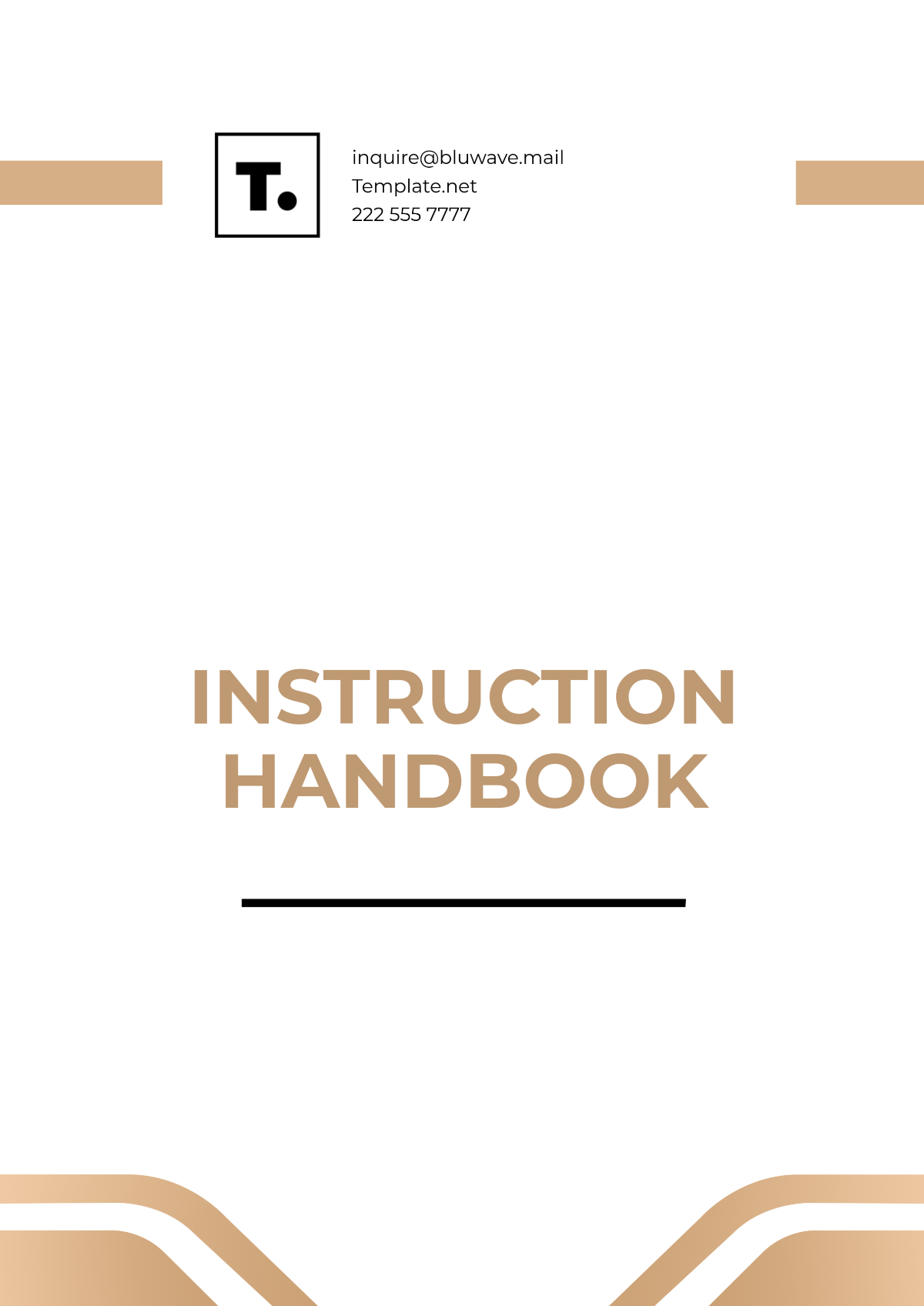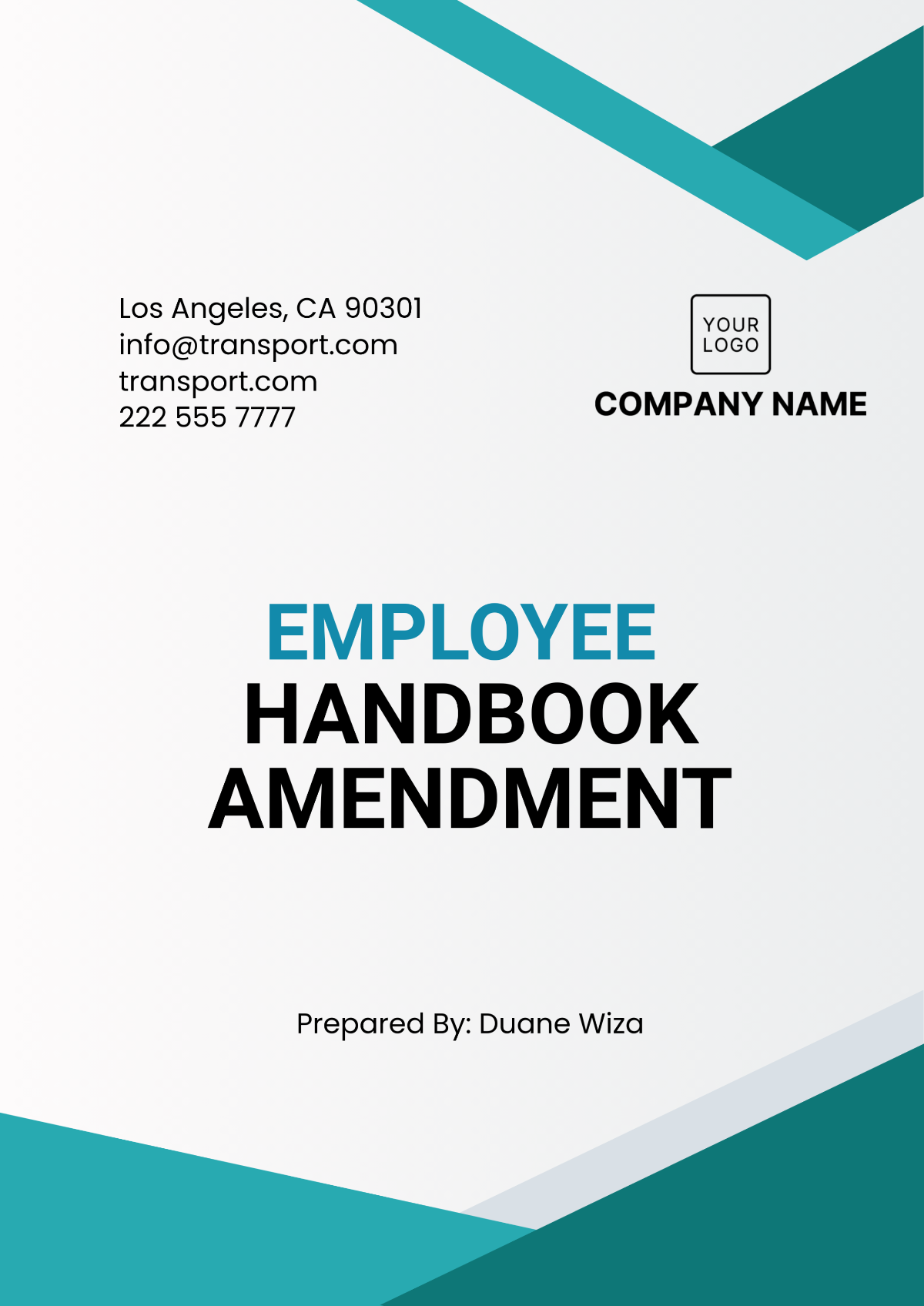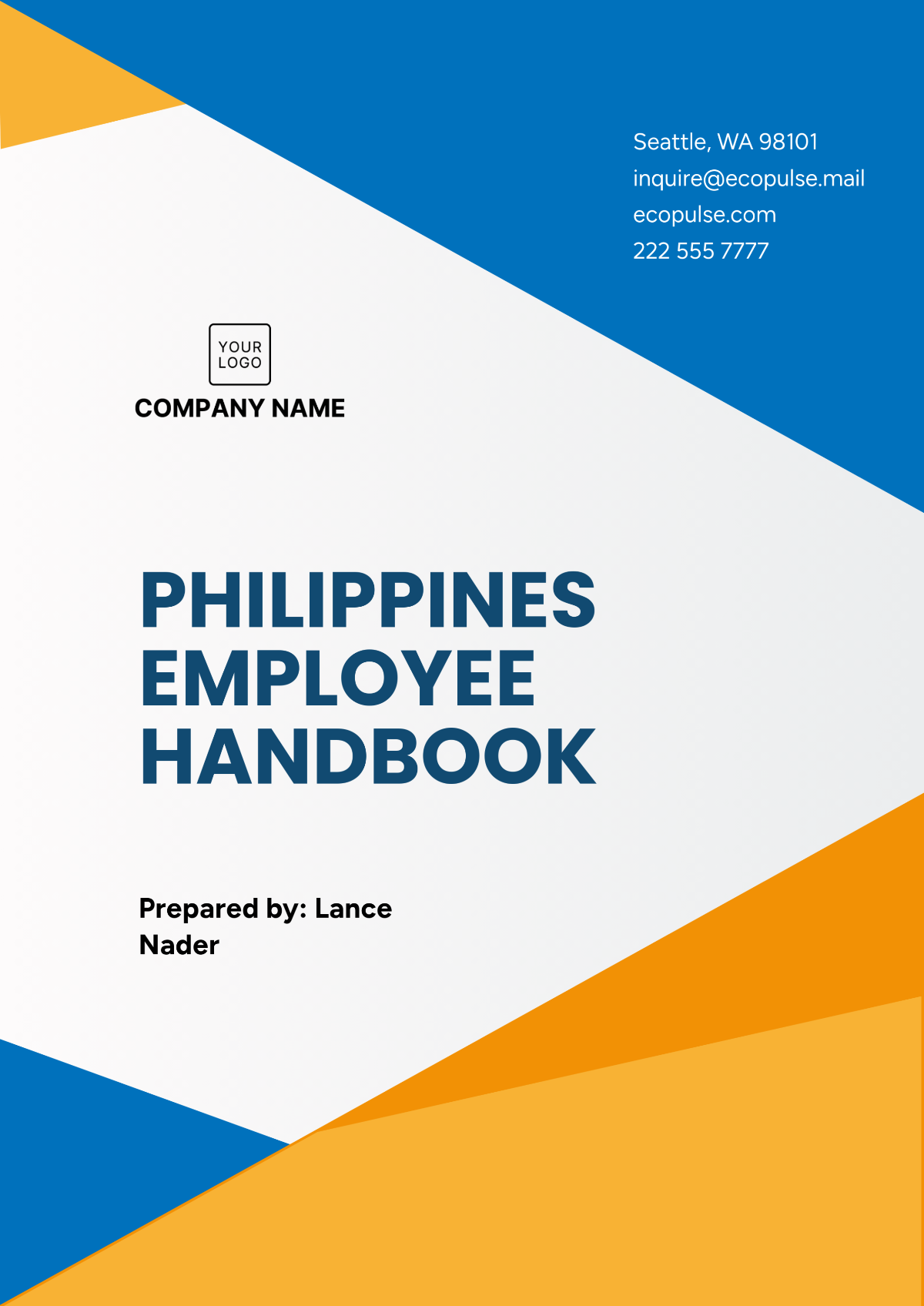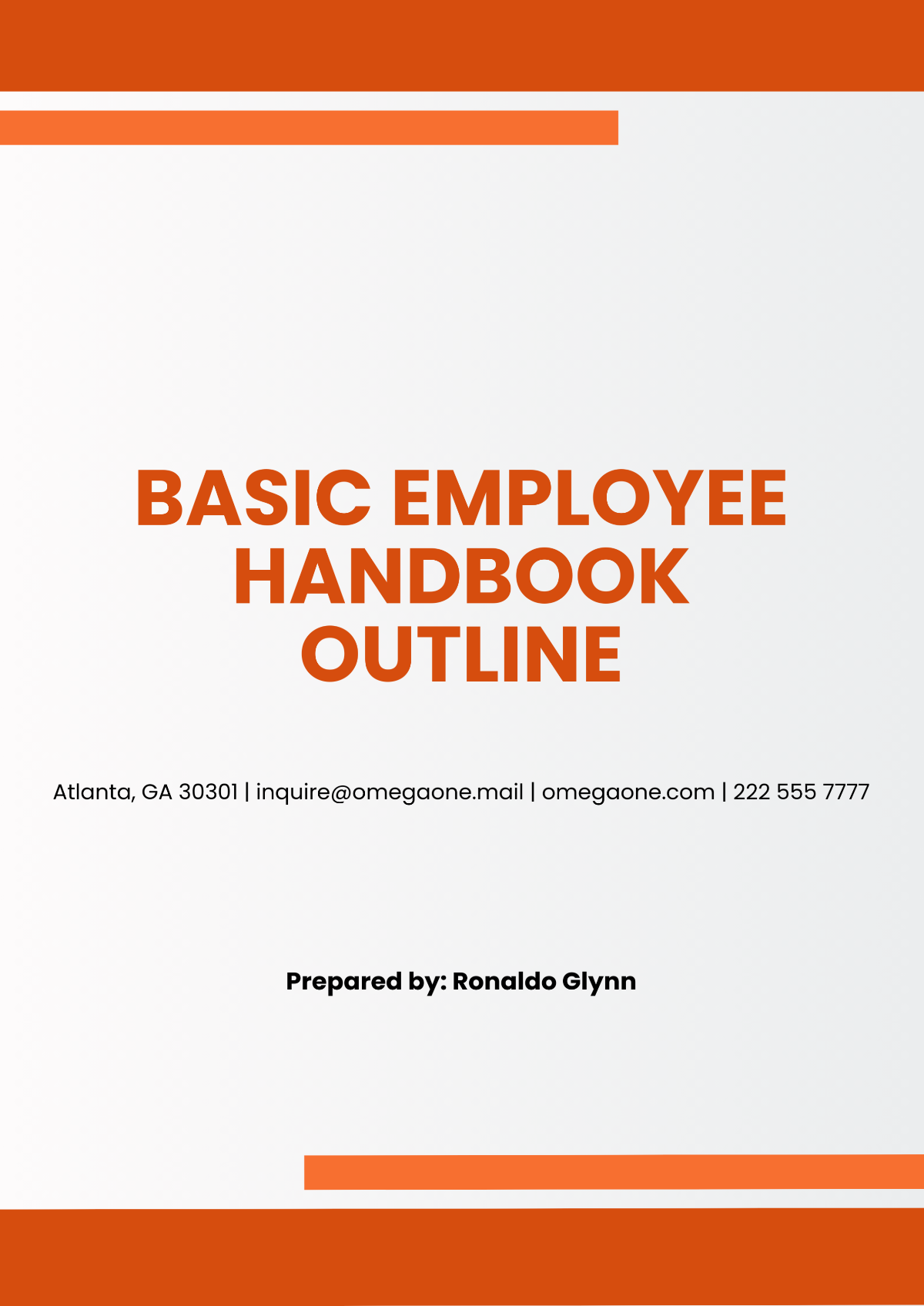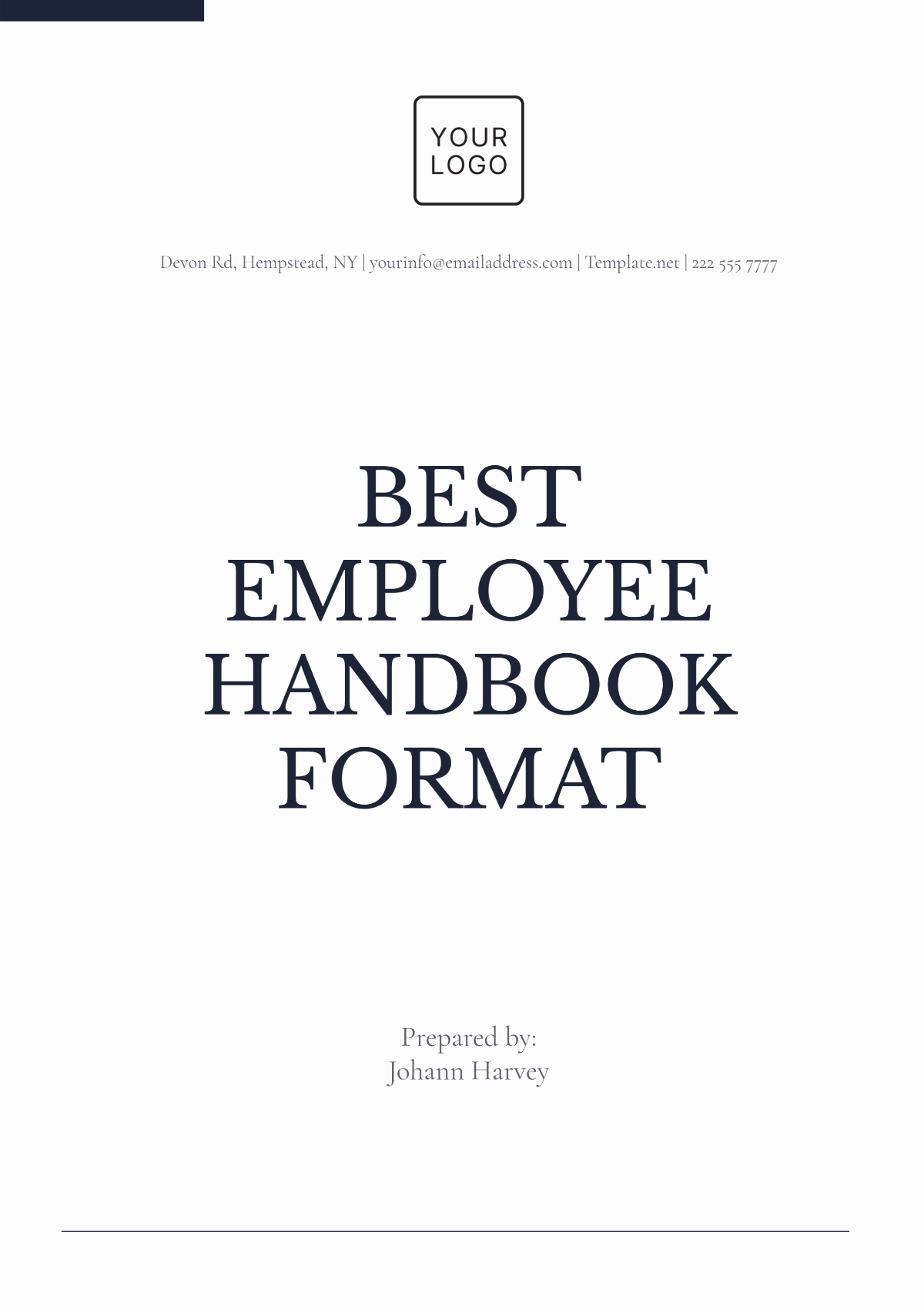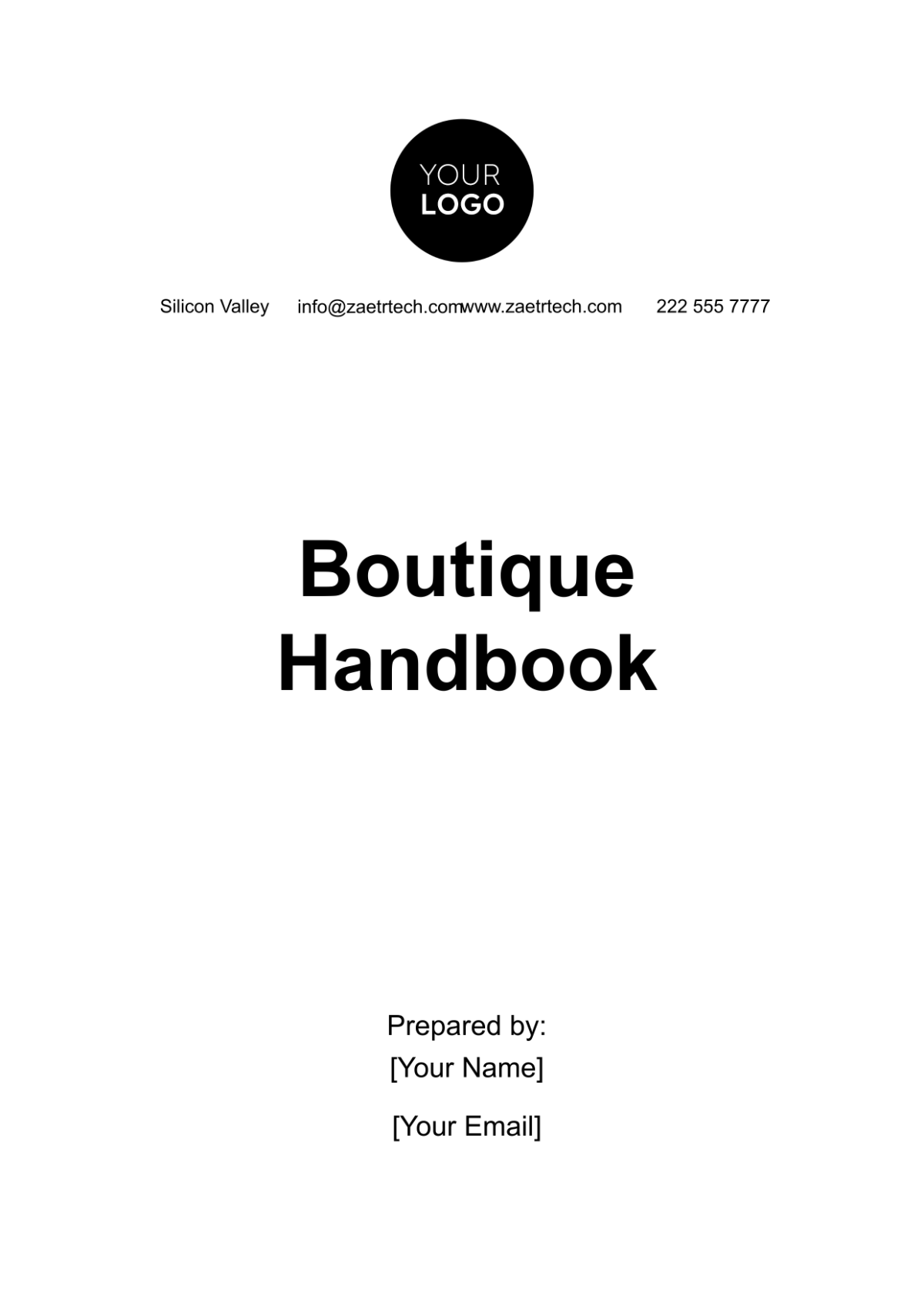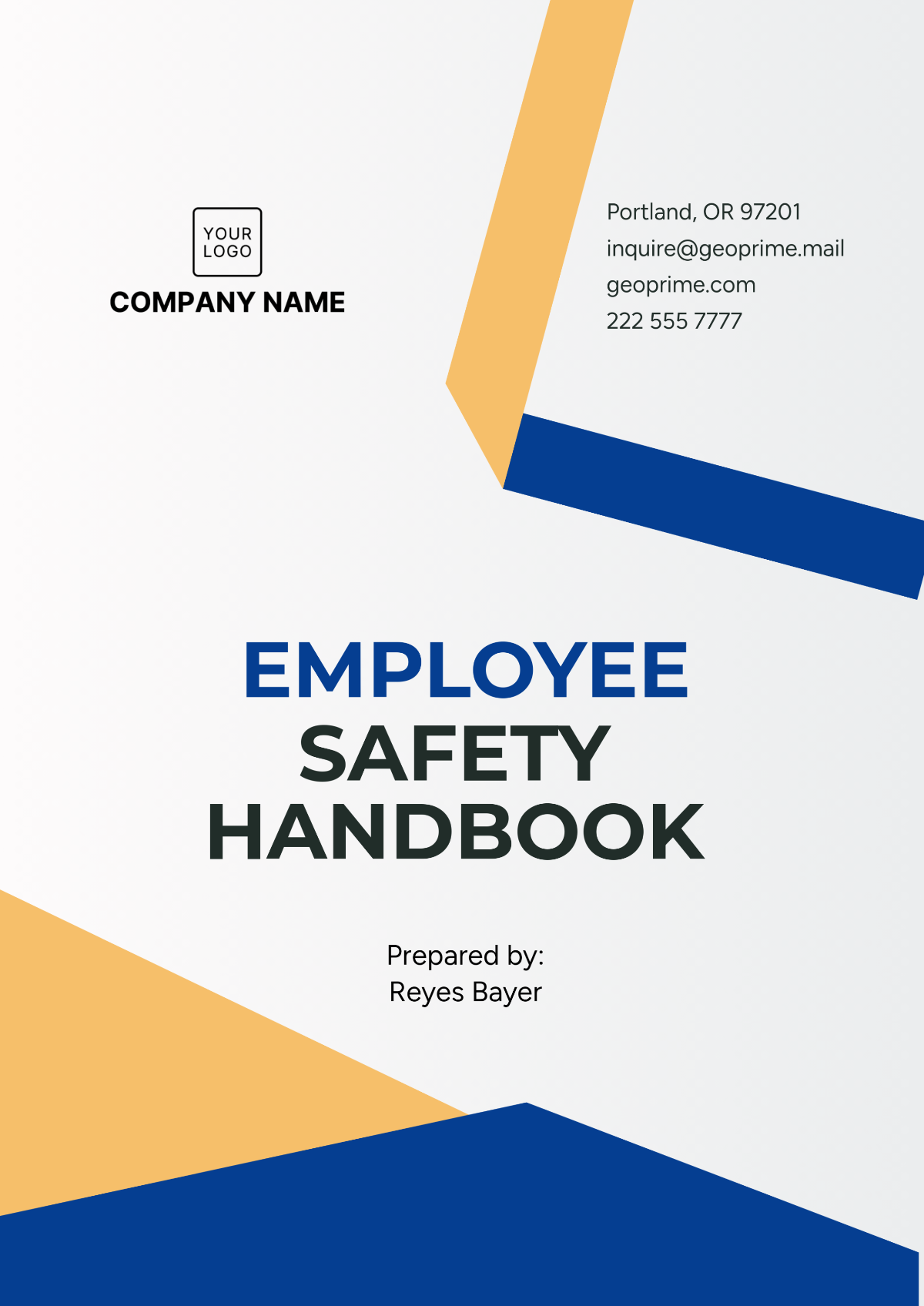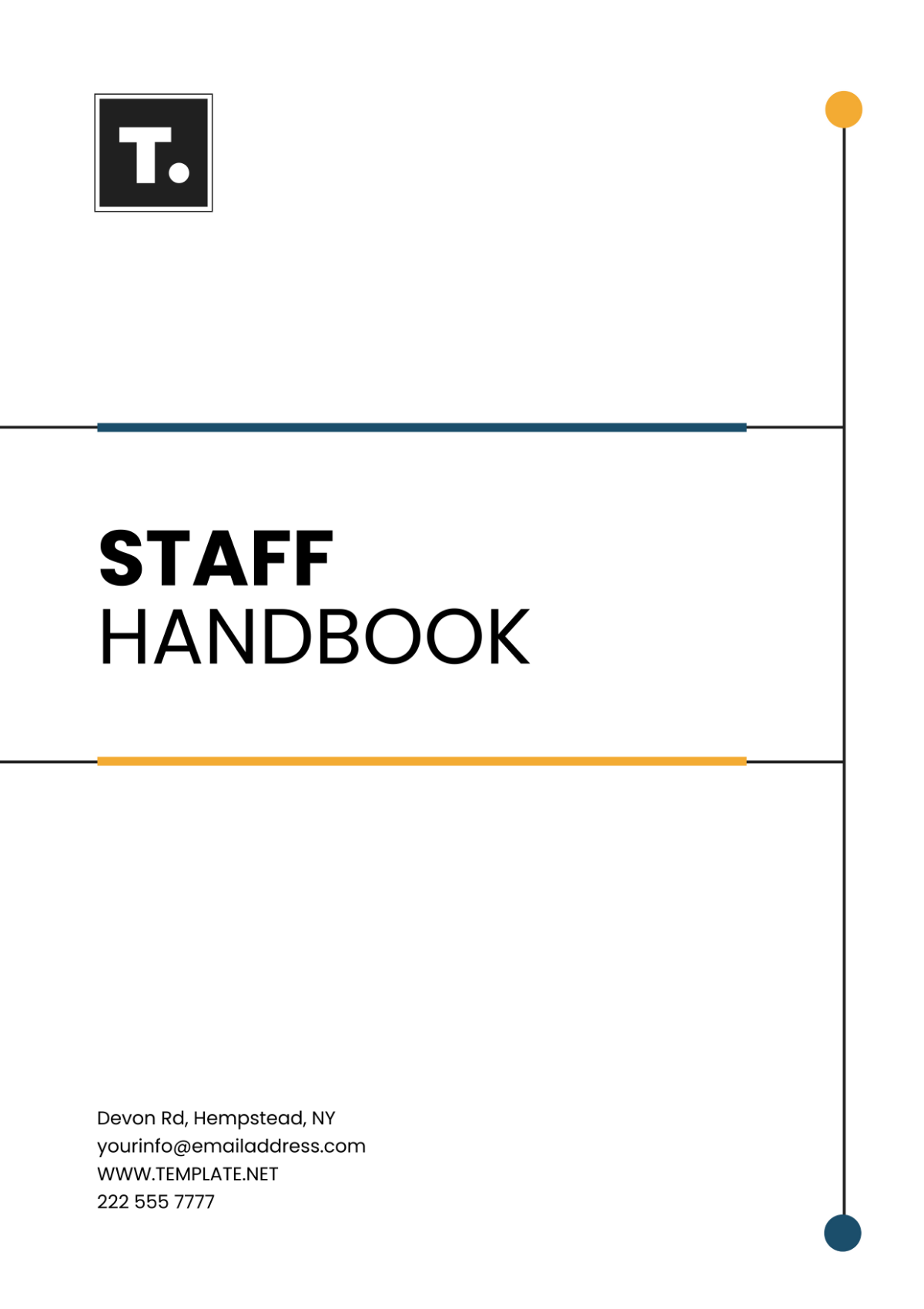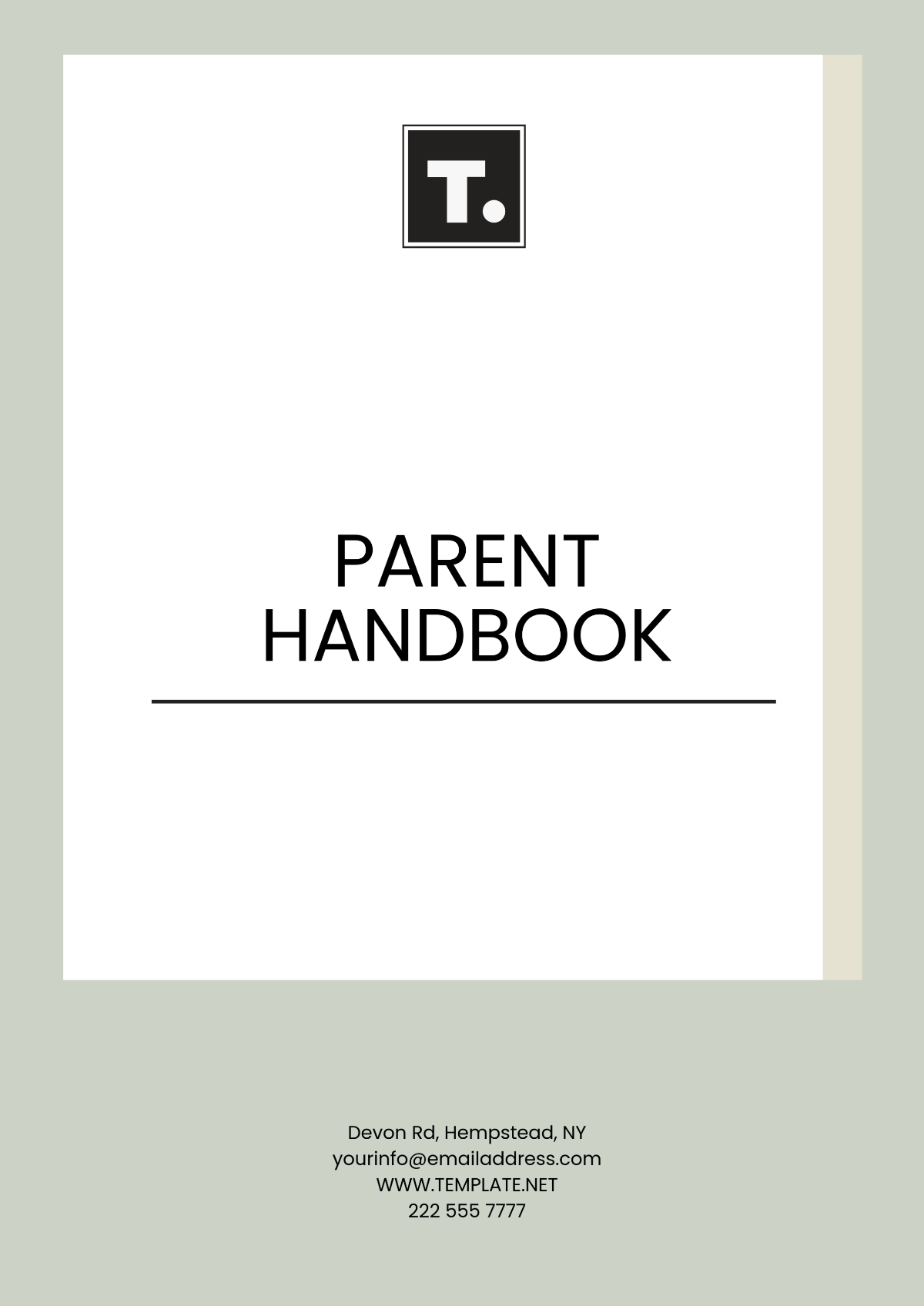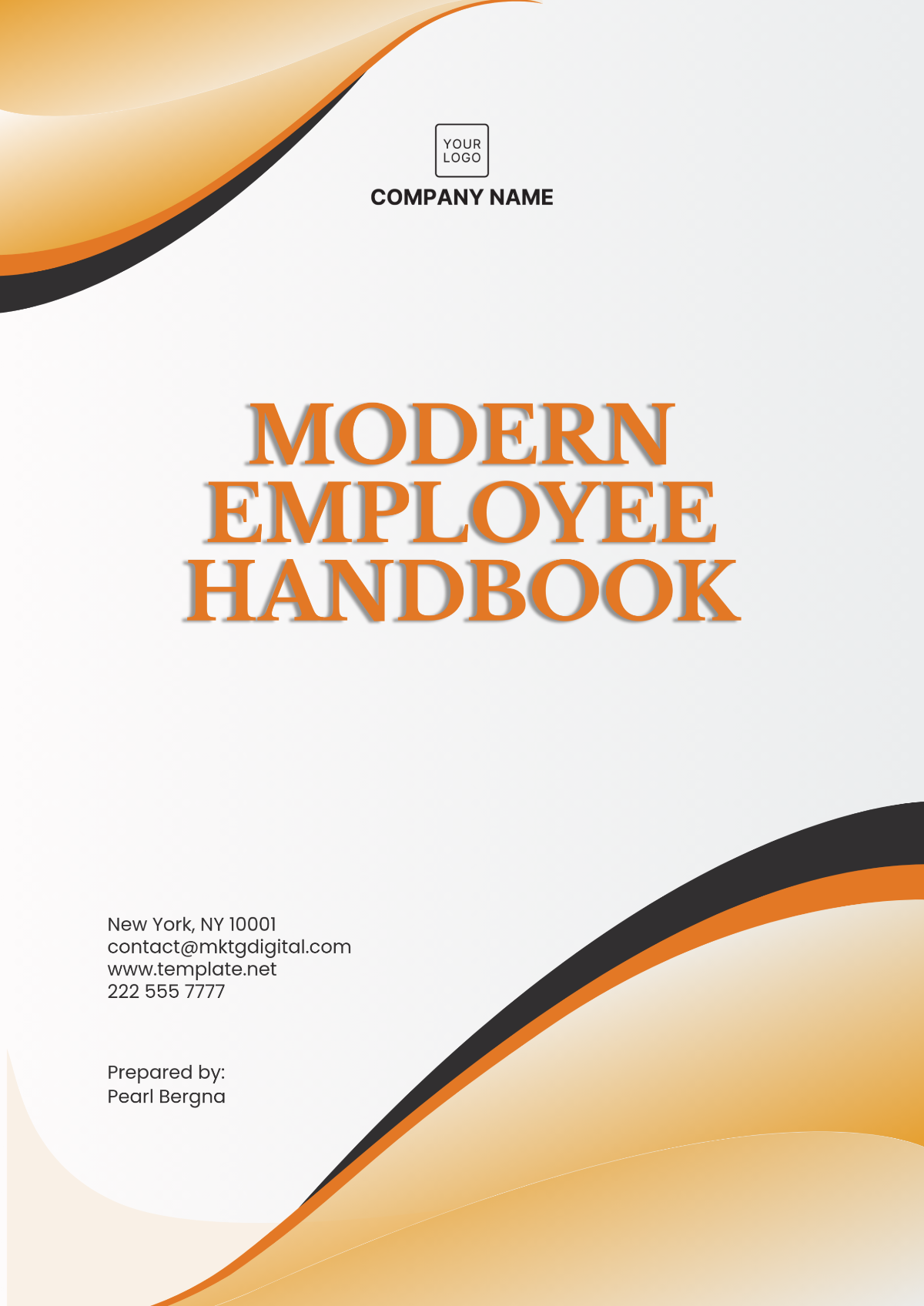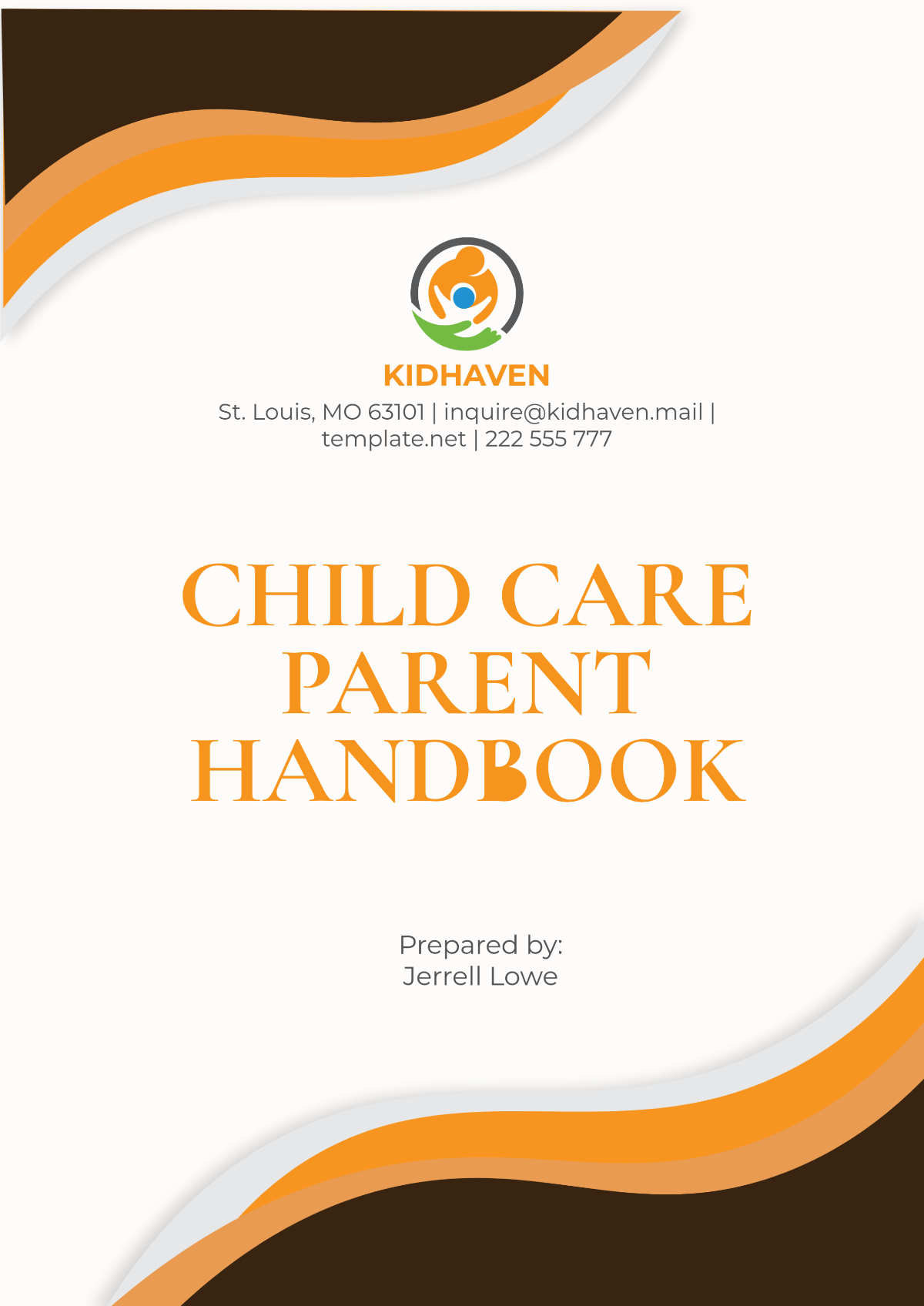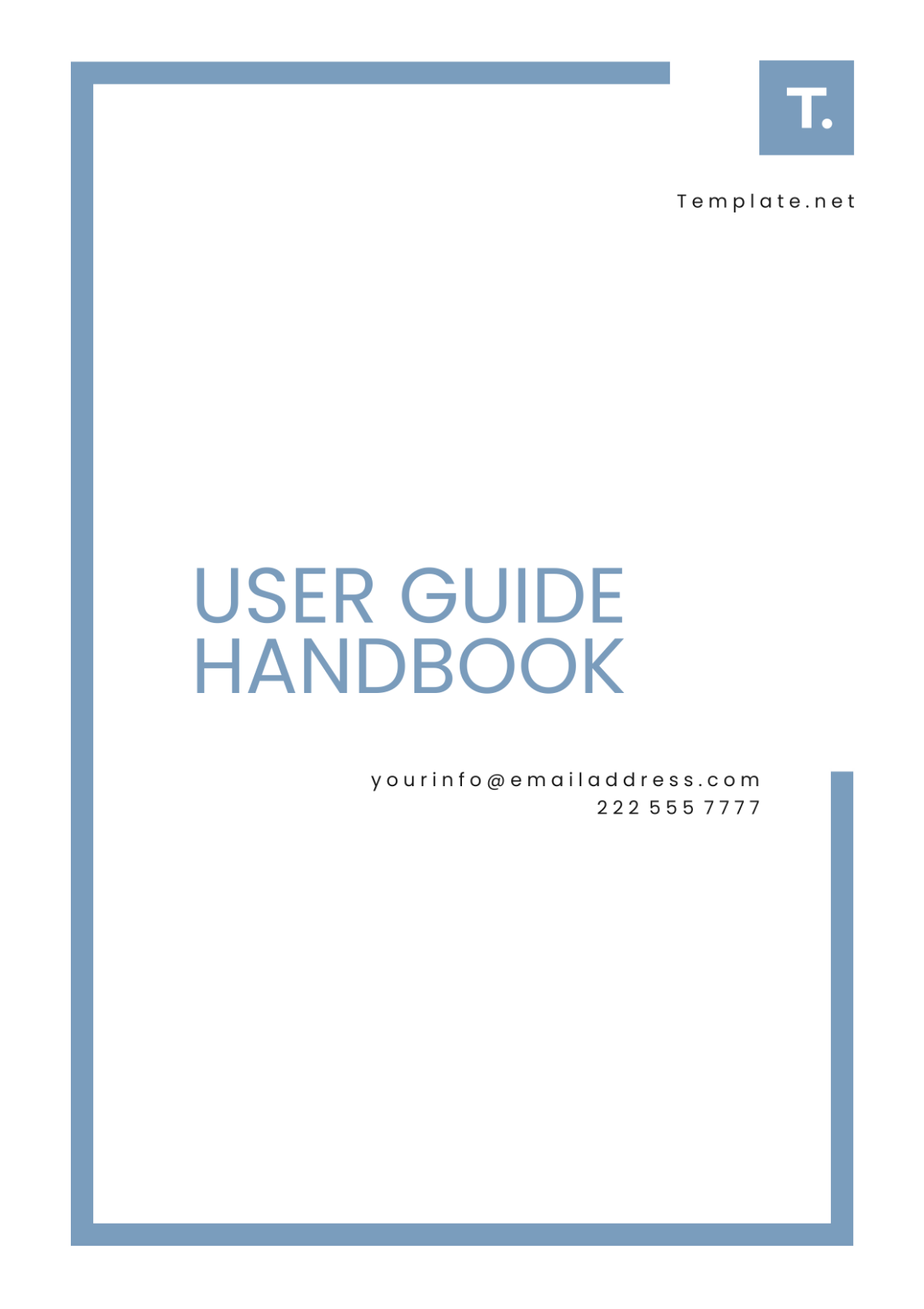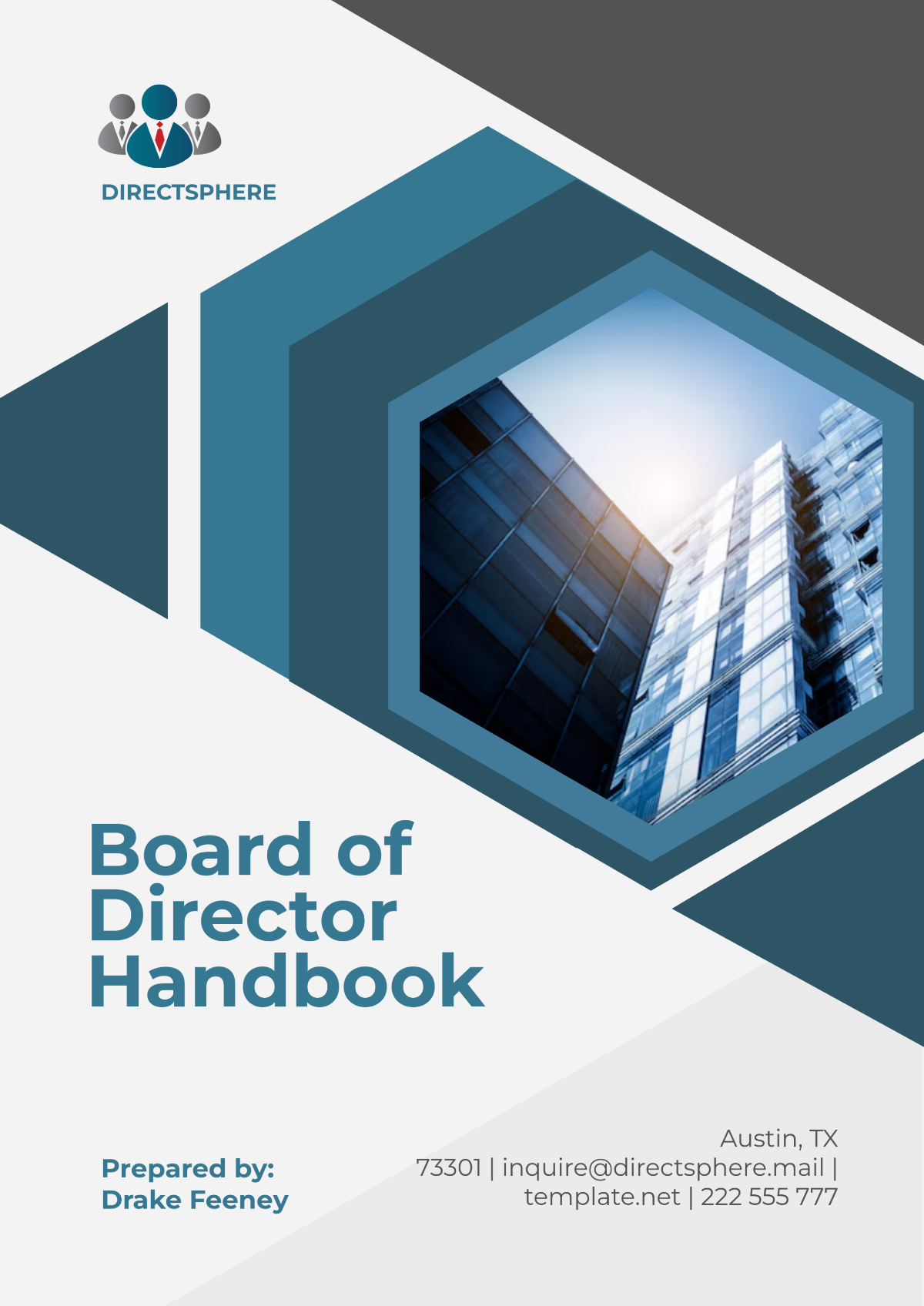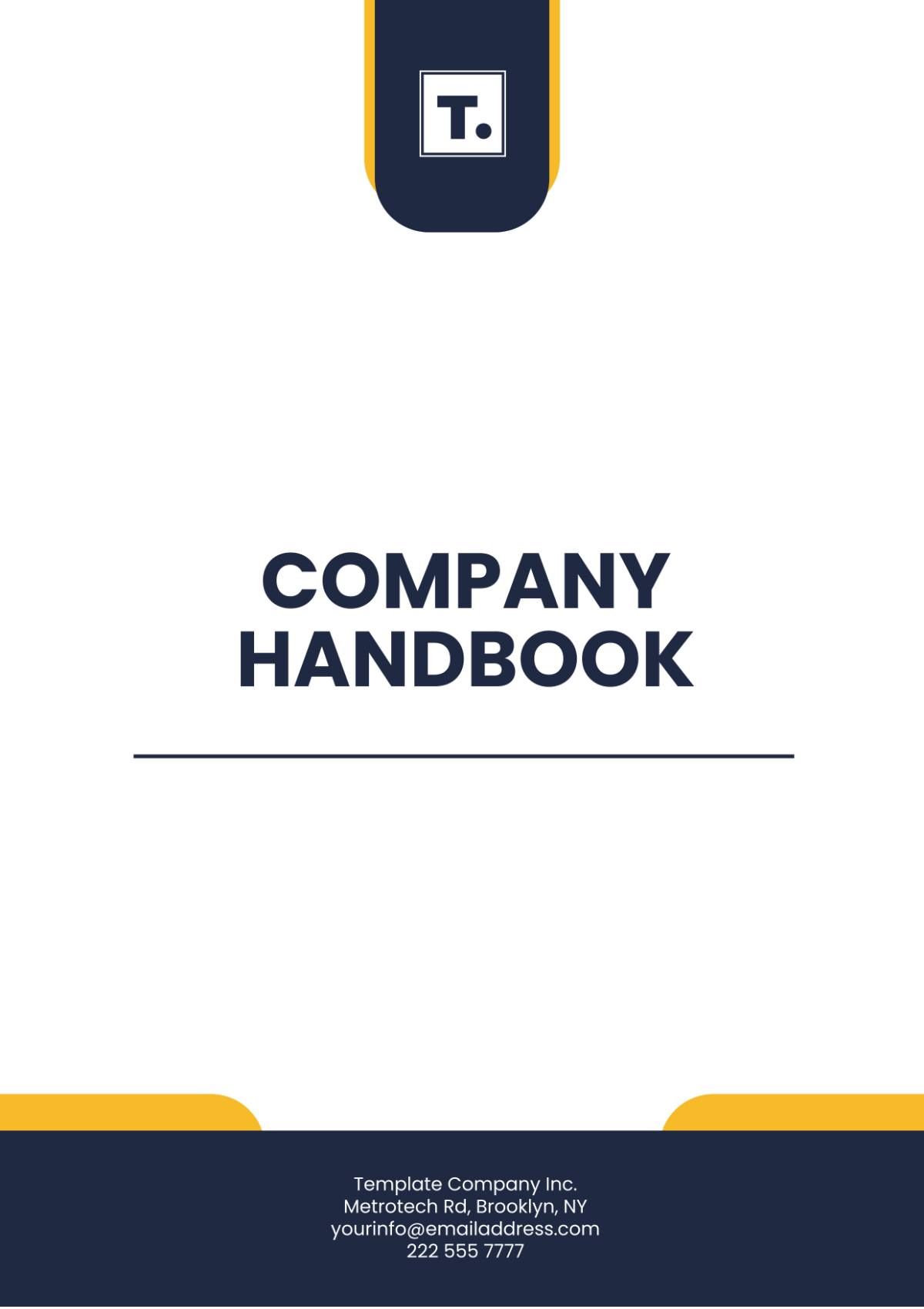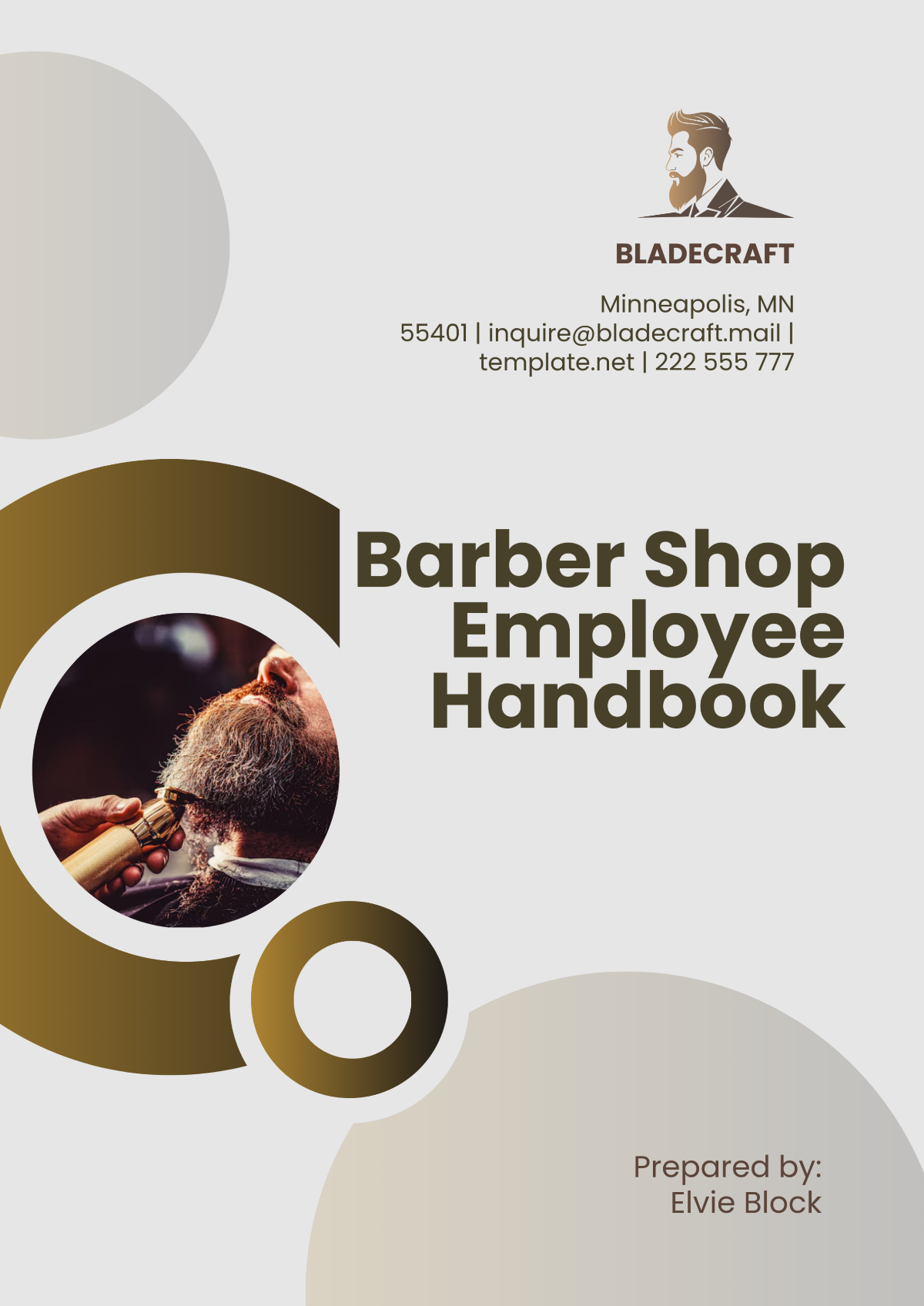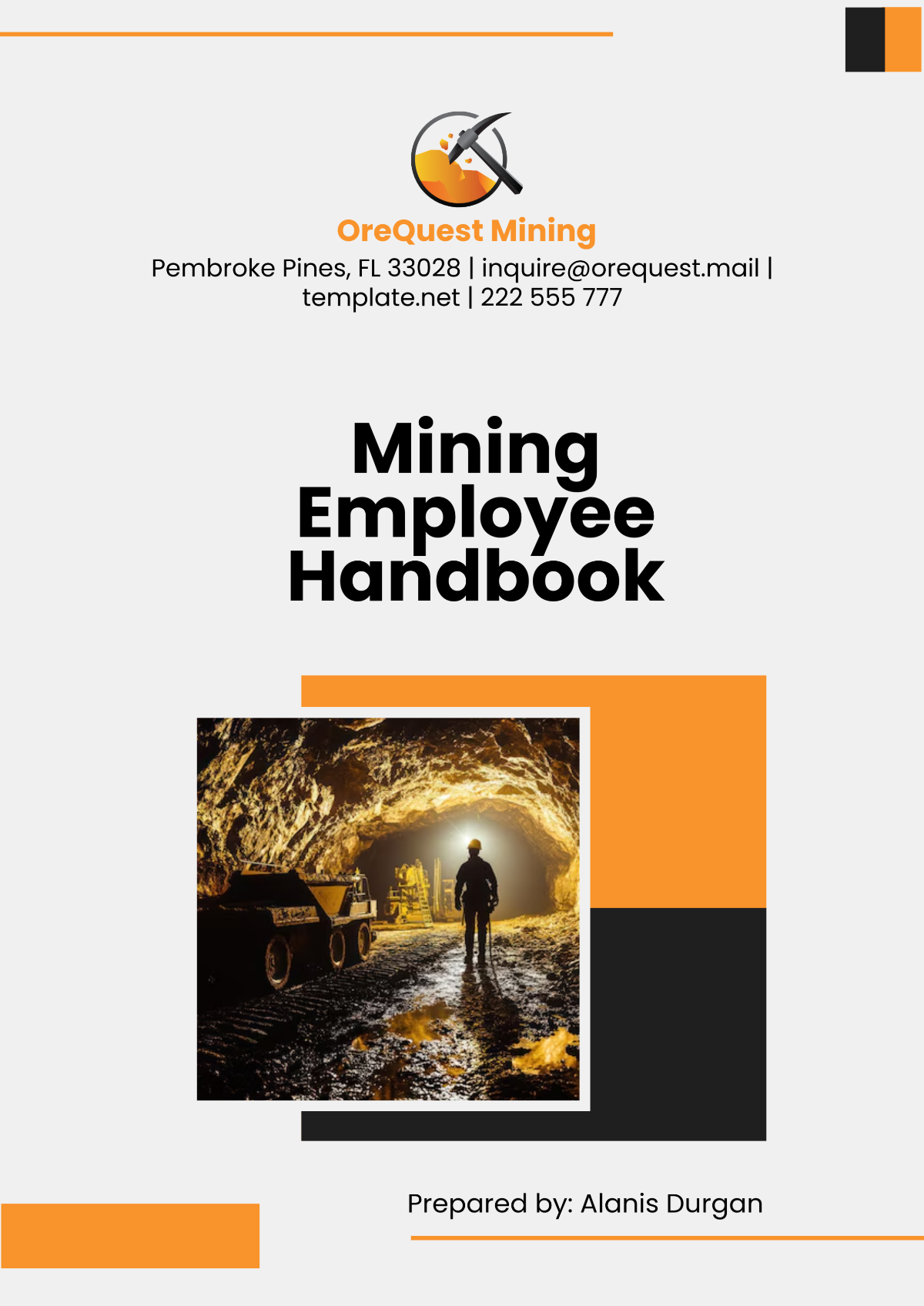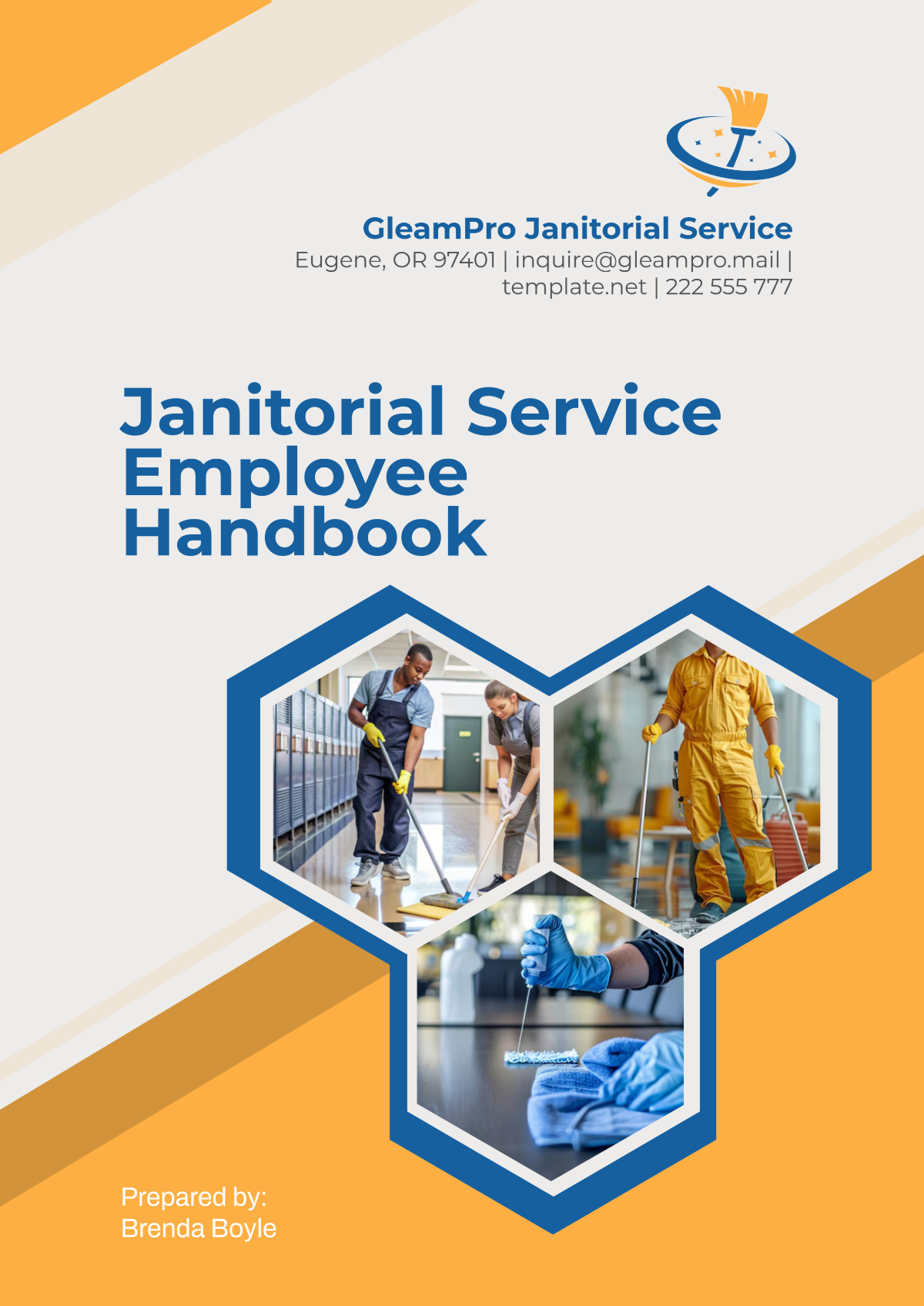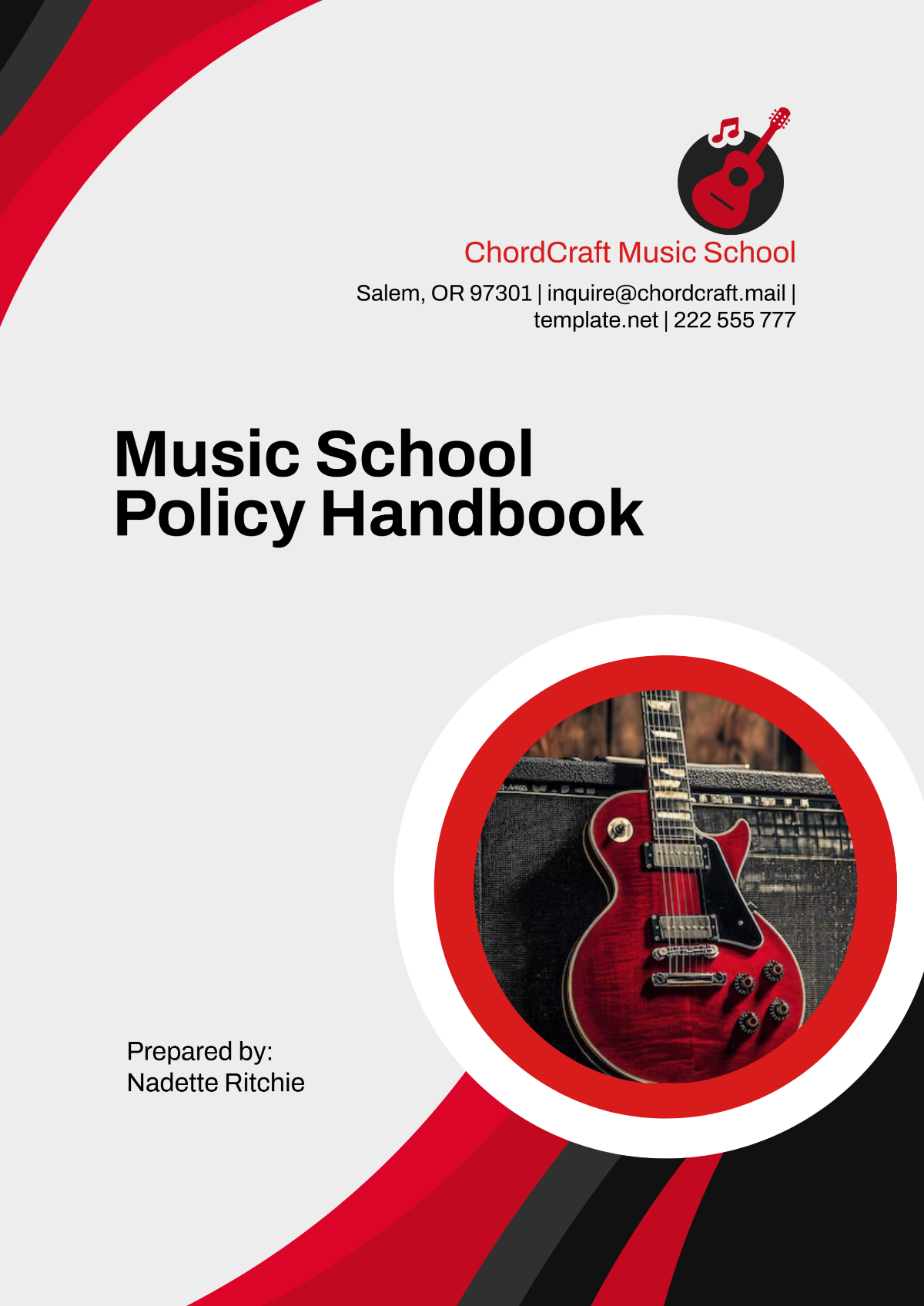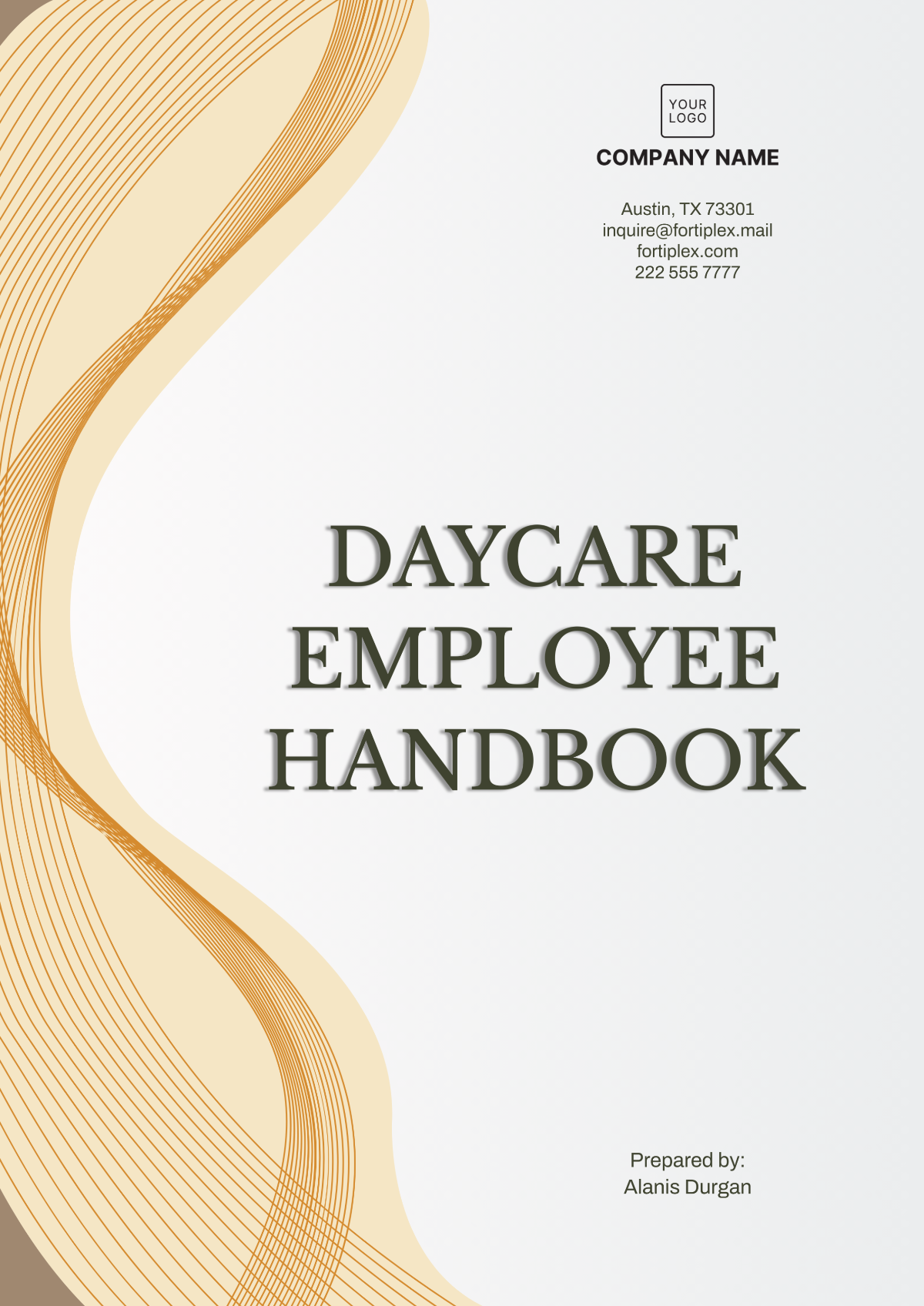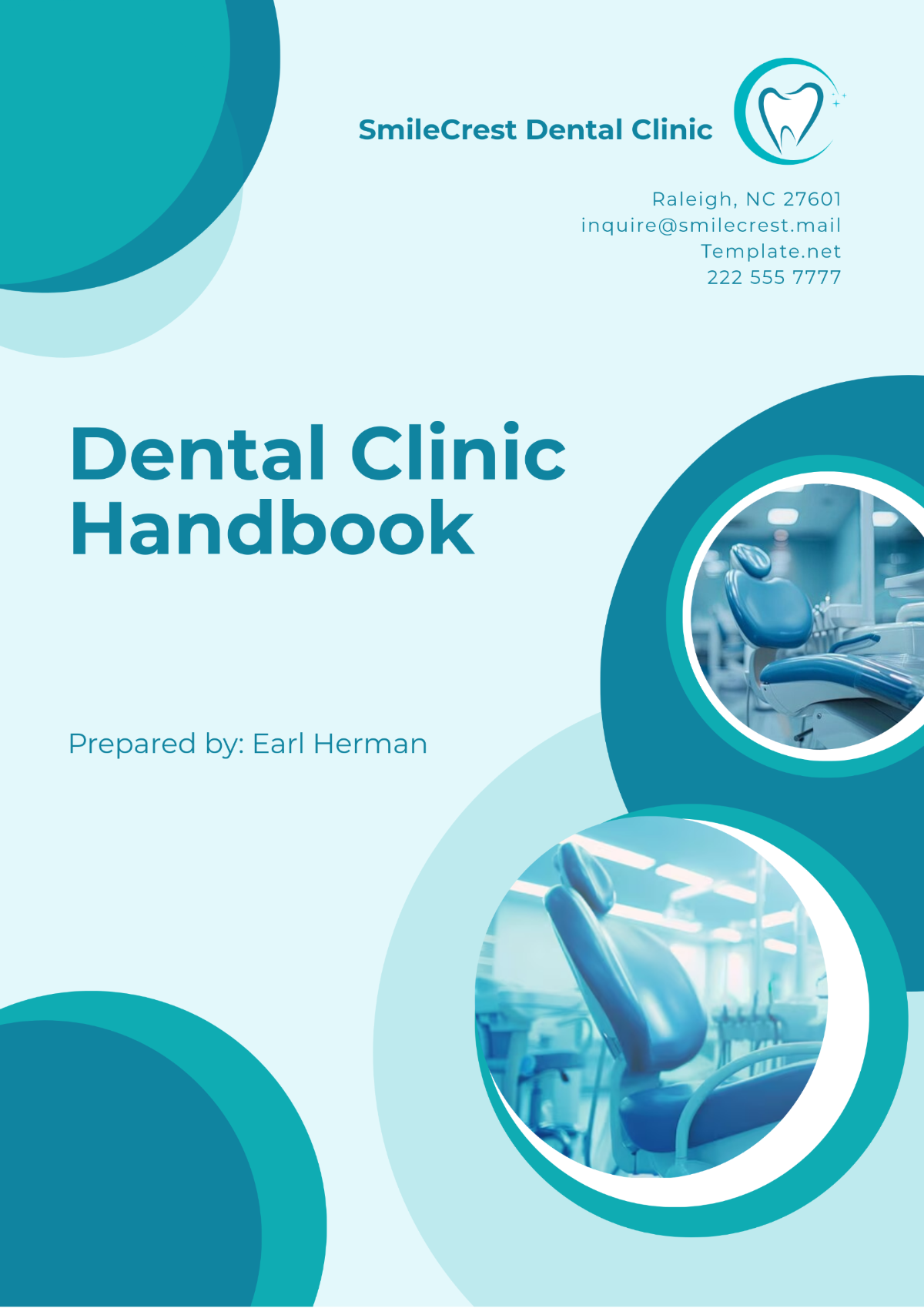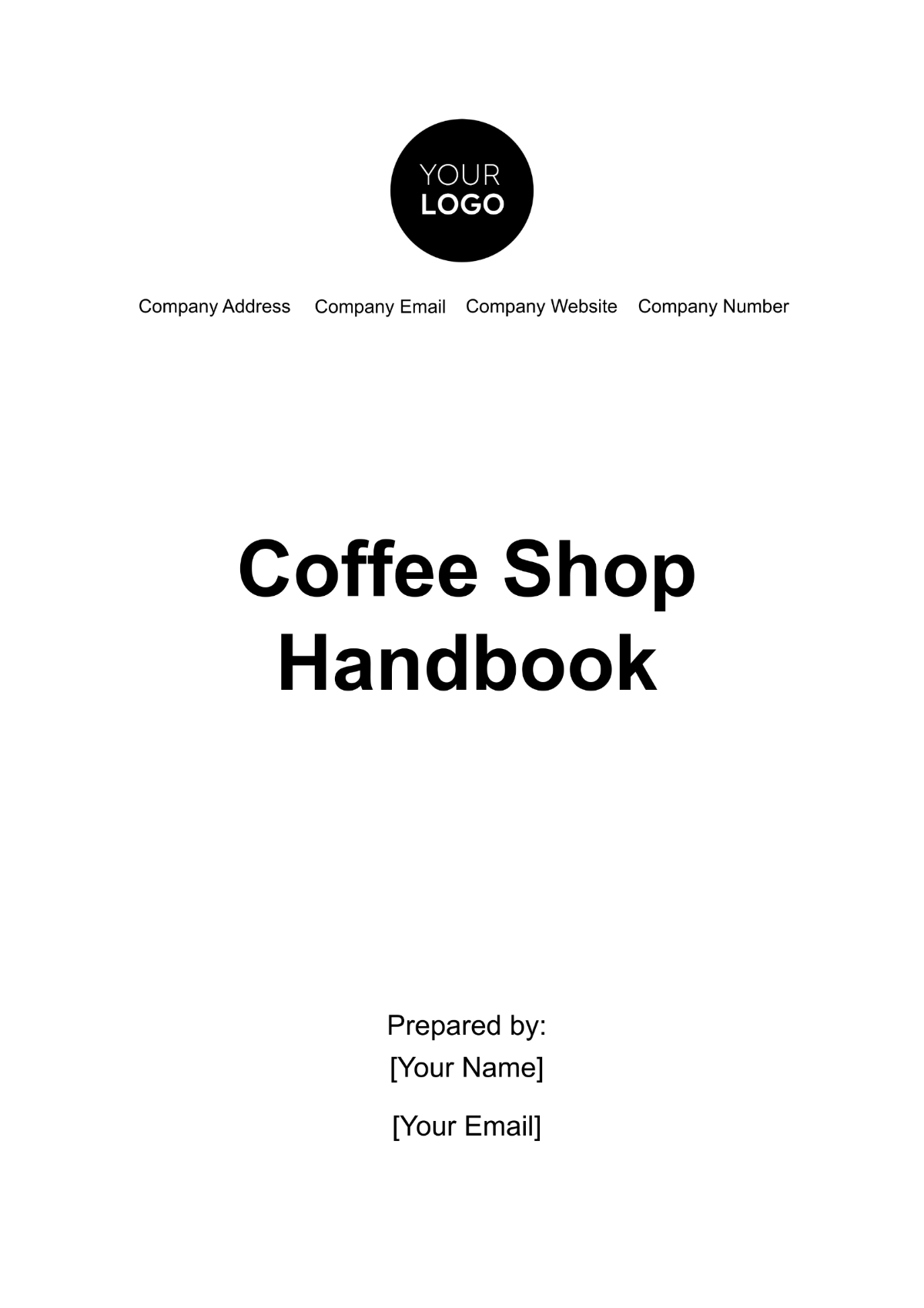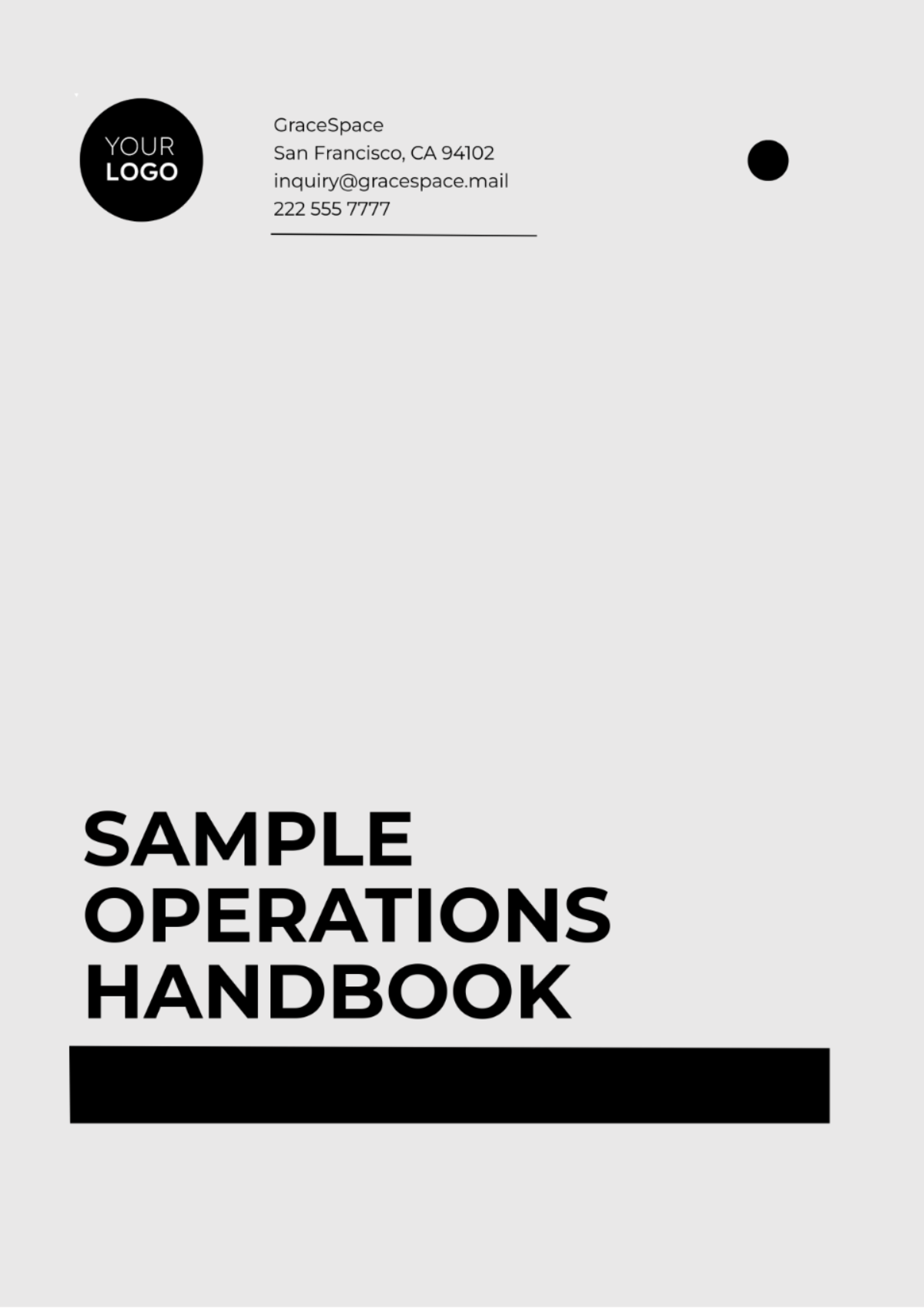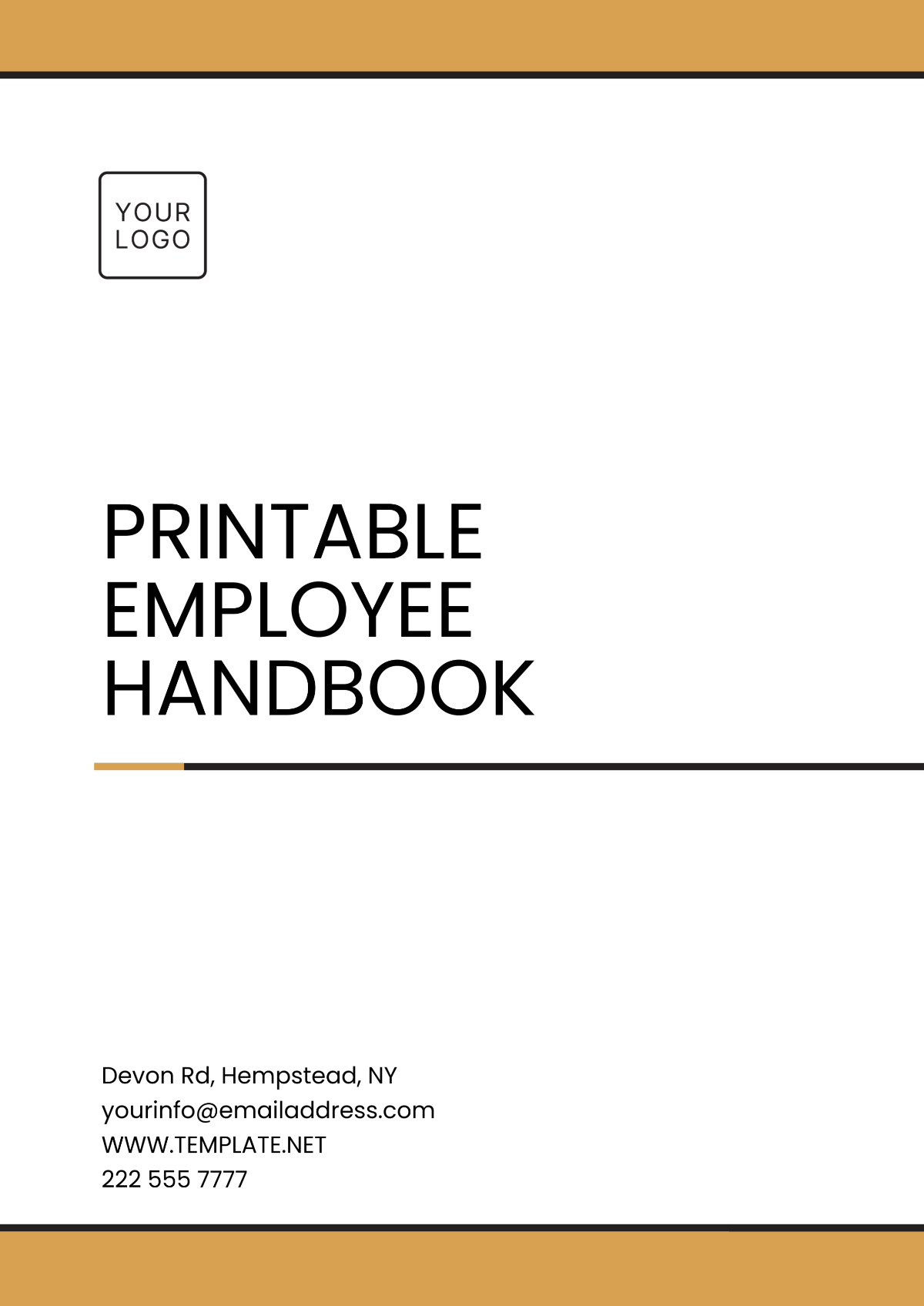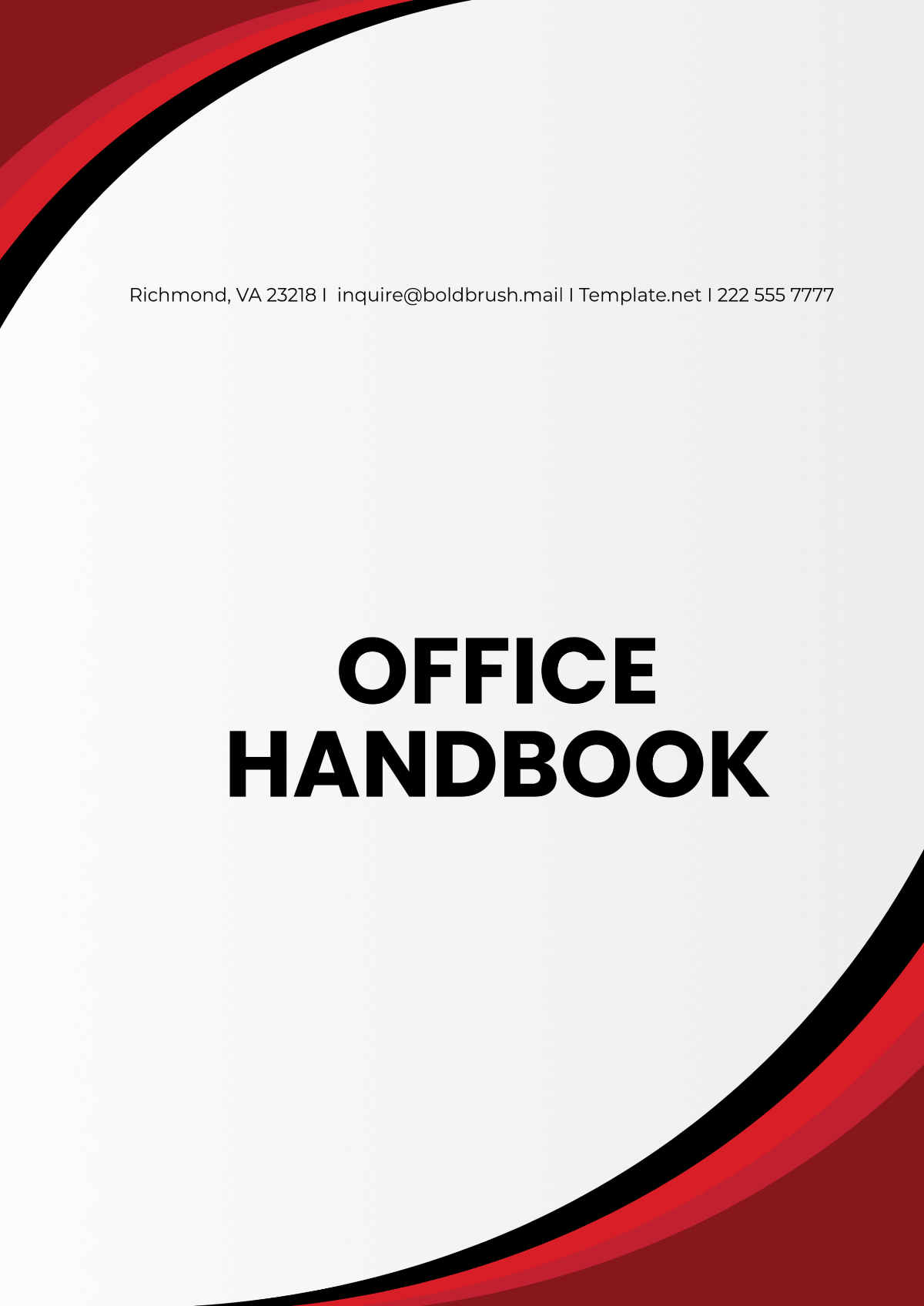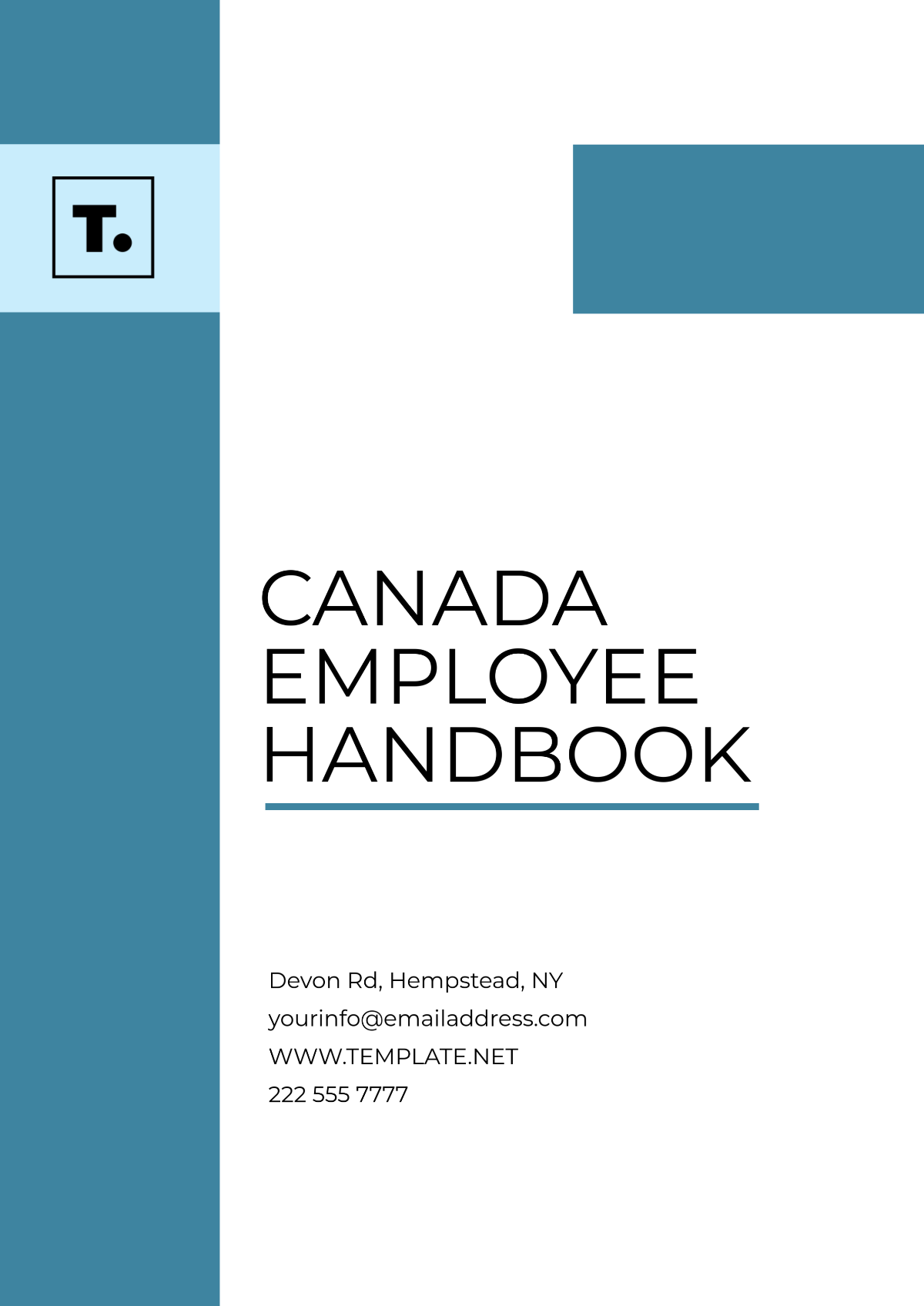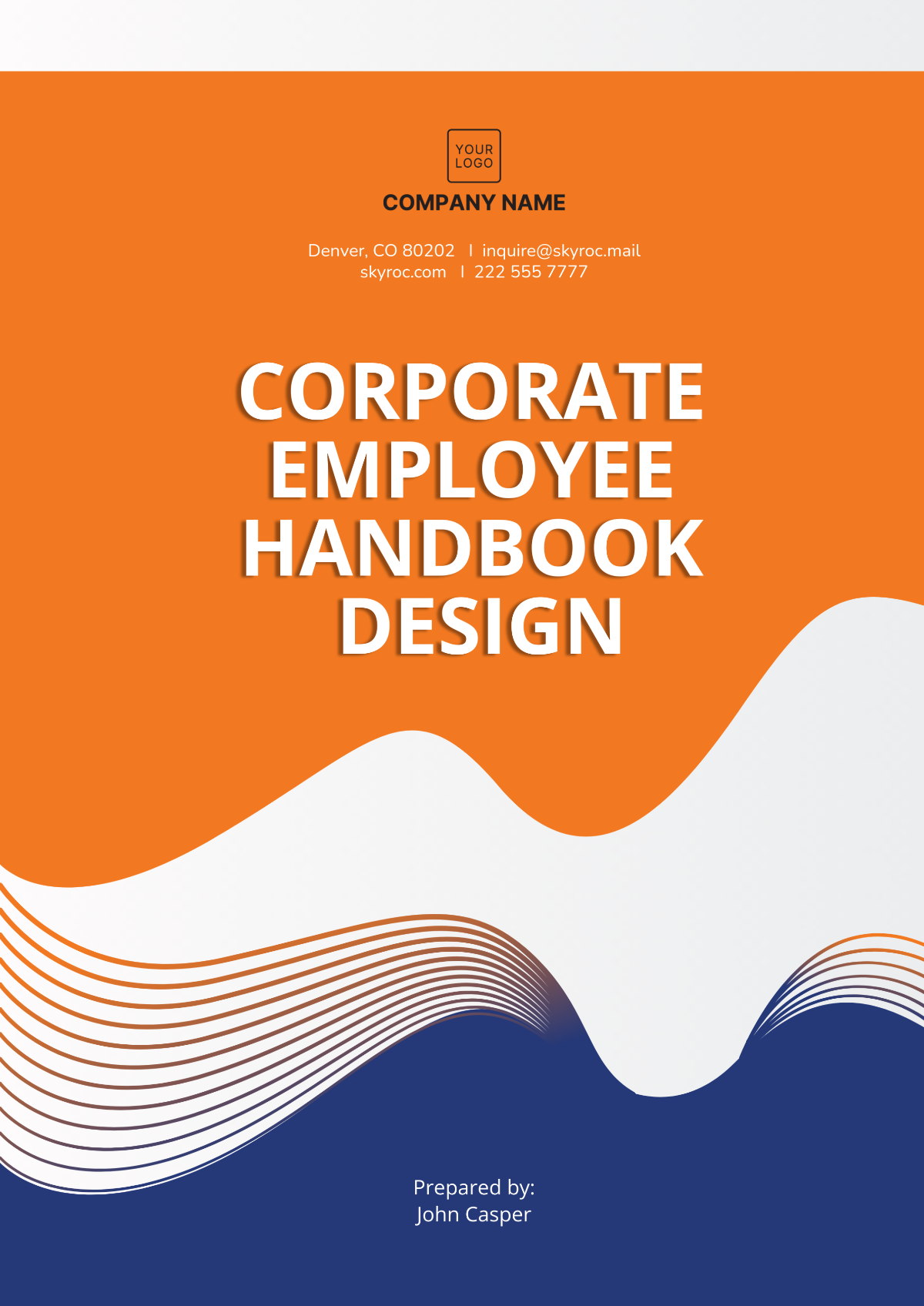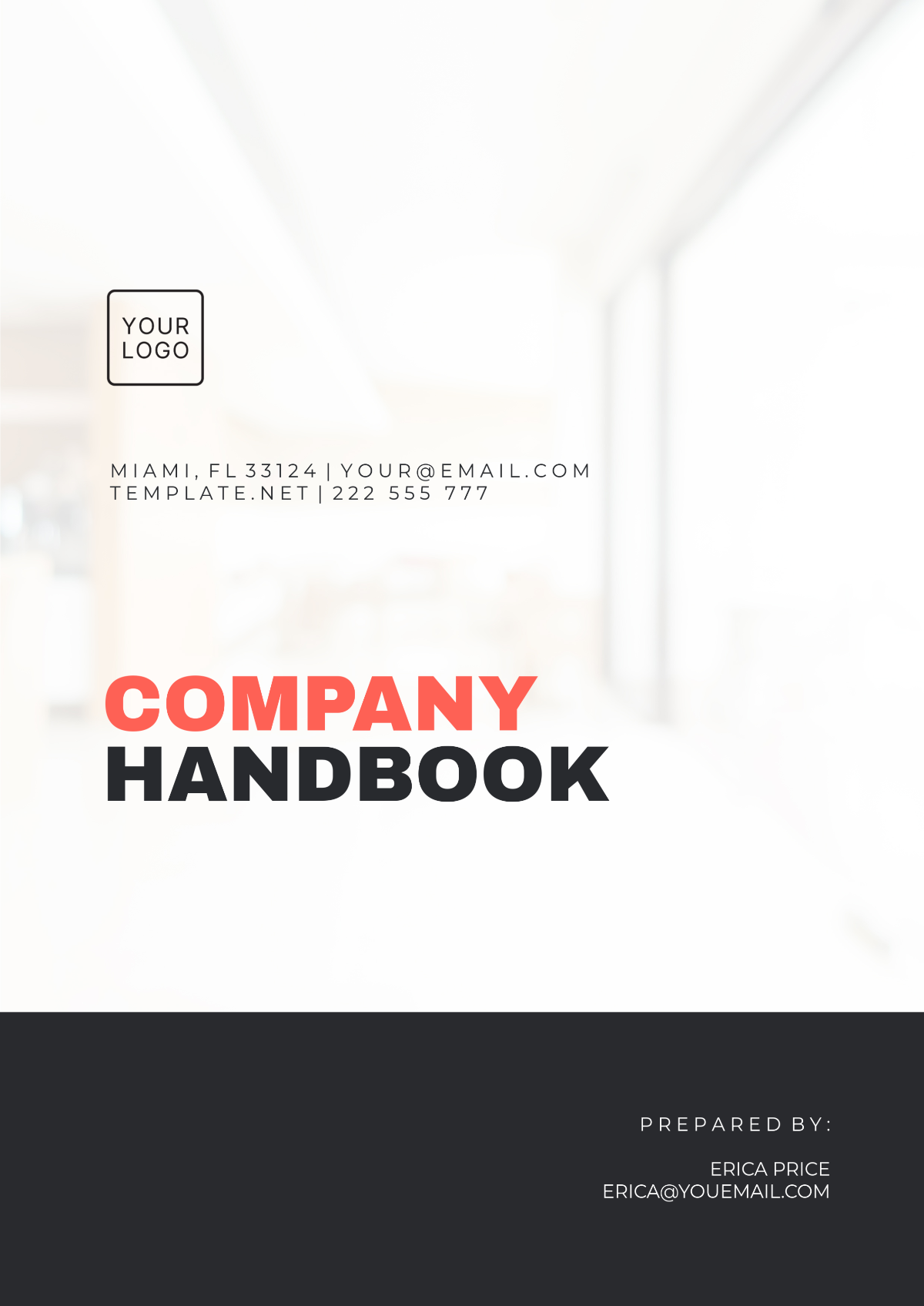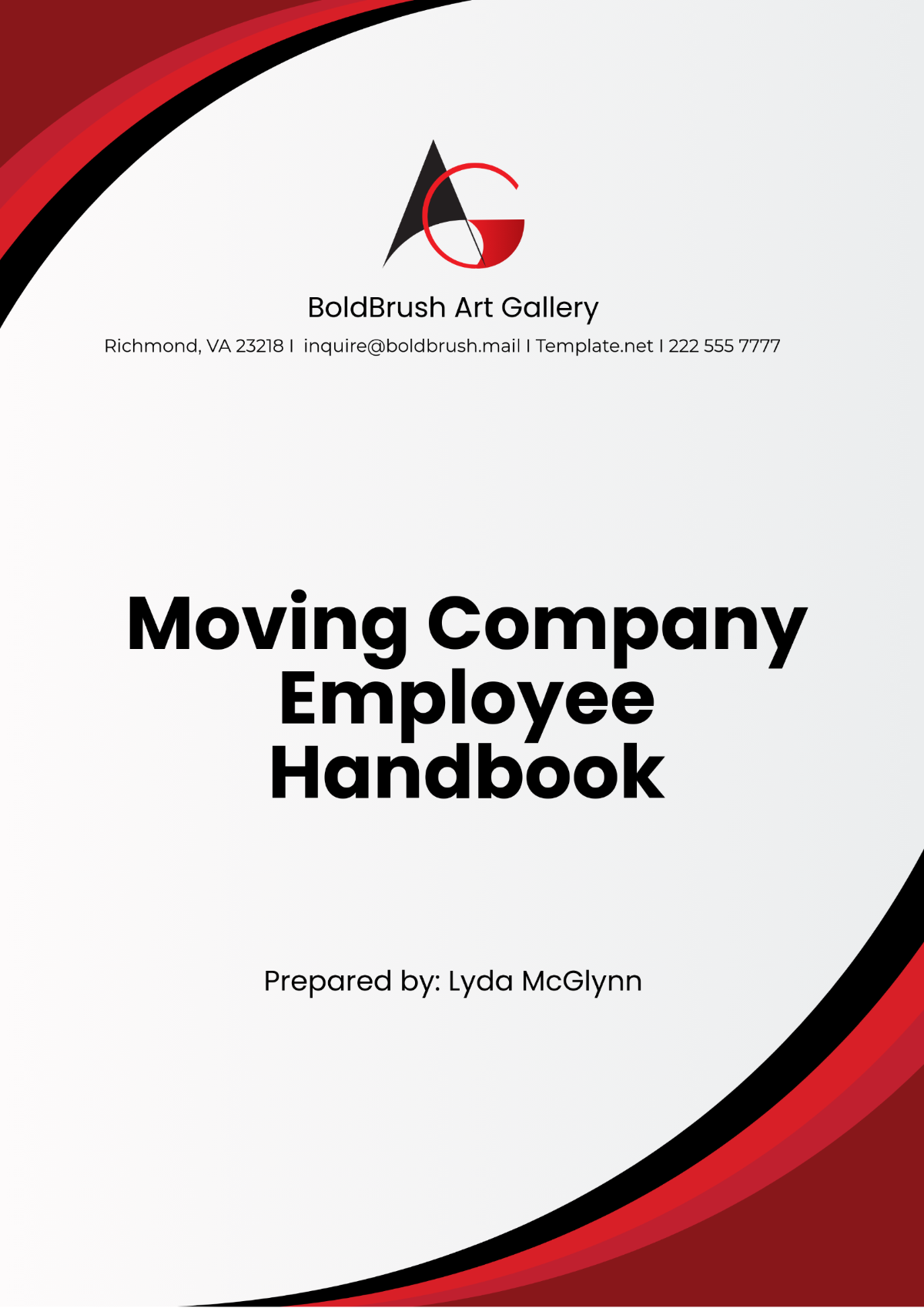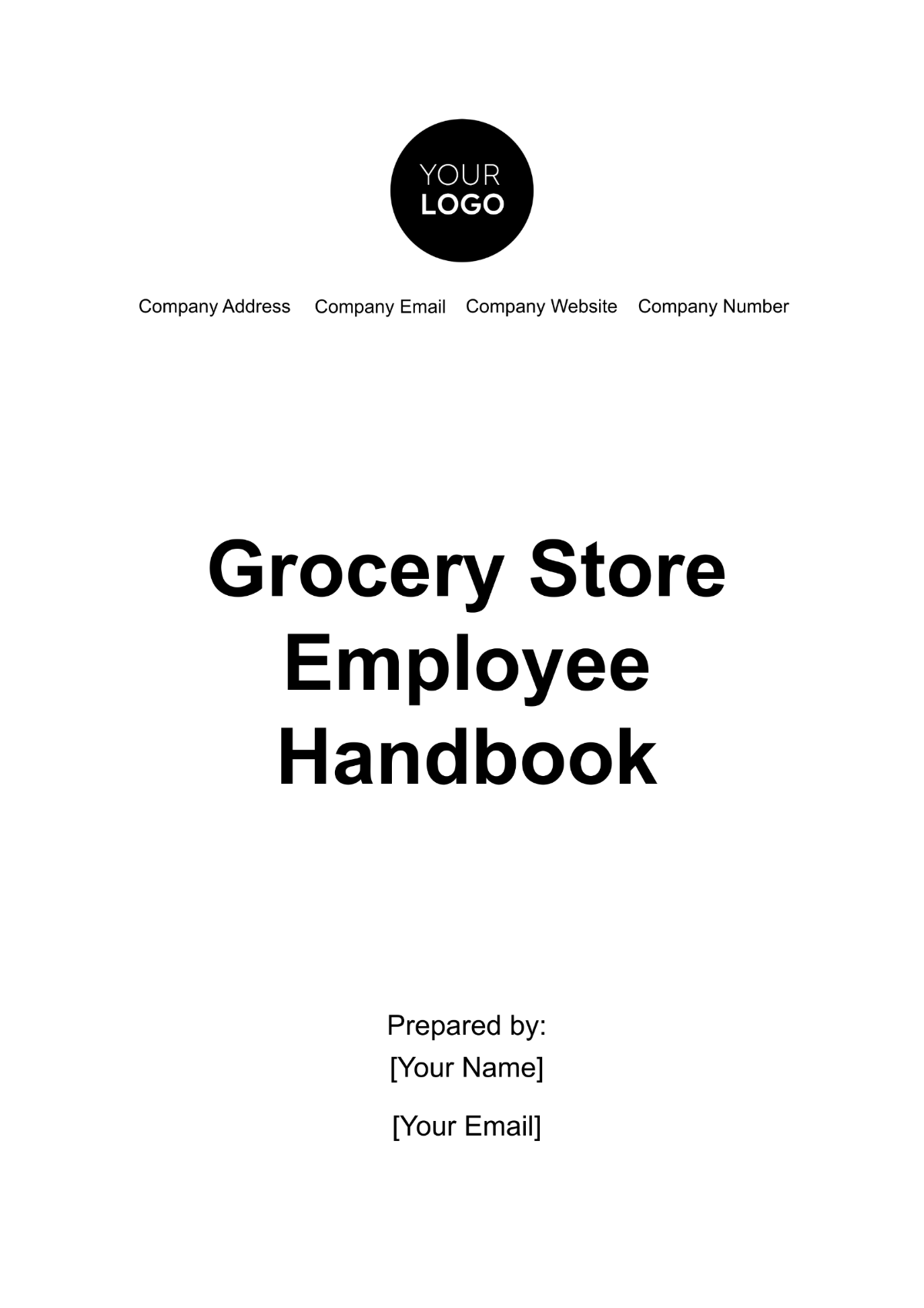Architecture Employee Handbook
I. Introduction
A. Welcome Message from Company Leadership
Welcome to [Your Company Name]! As the CEO of [Your Company Name], I am thrilled to welcome you to our team. Our firm has a rich history of delivering exceptional architectural solutions, and we're excited to have you contribute to our continued success. This handbook serves as a valuable resource to guide you through our company policies, procedures, and culture. We're committed to fostering a supportive and inclusive work environment where every employee can thrive. Thank you for choosing to be a part of our team.
B. Purpose and Scope of the Handbook
The purpose of this handbook is to provide you with essential information about [Your Company Name] and your role within the organization. It outlines our expectations for conduct, performance, and professional development. By familiarizing yourself with this handbook, you'll gain insights into our company's values, policies, and procedures. Should you have any questions or need clarification on any topic, please don't hesitate to reach out to your manager or the HR department for assistance.
C. Acknowledgment of Receipt
Please review this handbook carefully and sign the acknowledgment form below to confirm that you have received, read, and understood its contents. Your signed acknowledgment indicates your commitment to comply with our company policies and procedures.
II. Company Overview
A. Mission Statement
At [Your Company Name], our mission is to design innovative architectural solutions that inspire and transform communities. We strive to create spaces that enhance the human experience, promote sustainability, and leave a lasting impact for generations to come.
B. Vision and Values
Vision: To be a globally recognized leader in architectural design, renowned for our creativity, excellence, and commitment to sustainability.
Values:
Creativity: We foster a culture of creativity and innovation, pushing the boundaries of architectural design to deliver unique and impactful solutions.
Collaboration: We believe in the power of collaboration, working closely with clients, stakeholders, and colleagues to achieve shared goals and create extraordinary outcomes.
Sustainability: We are committed to sustainable design practices that minimize environmental impact, promote energy efficiency, and create healthy, vibrant communities.
C. History of the Company
Founded in [Year] by visionary architect [Founder Name], [Your Company Name] has grown from a small studio into a leading architectural firm with a global presence. Over the years, we have completed numerous iconic projects that have garnered acclaim for their innovation, beauty, and functionality.
D. Organizational Structure
Leadership Team:
CEO: [CEO Name]
Chief Architect: [Chief Architect Name]
Chief Operating Officer: [COO Name]
Departments:
Design Department: Headed by [Design Department Head]
Project Management: Headed by [Project Management Head]
Business Development: Headed by [Business Development Head]
III. Employment Policies
A. Equal Employment Opportunity
[Your Company Name] is committed to providing equal employment opportunities to all employees and applicants without regard to race, color, religion, gender, sexual orientation, national origin, age, disability, or any other protected characteristic. We embrace diversity and inclusion as core values that enrich our workplace and contribute to our success.
B. Anti-Discrimination and Anti-Harassment
We have zero tolerance for discrimination, harassment, or retaliation of any kind. Harassment based on race, color, religion, gender, sexual orientation, national origin, age, disability, or any other protected characteristic is strictly prohibited and will not be tolerated.
C. Employment Classifications
Full-Time Employees: Full-time employees work a standard schedule of [0] hours per week and are eligible for benefits including health insurance, retirement plans, and paid time off.
Part-Time Employees: Part-time employees work fewer than [00] hours per week and may be eligible for pro-rated benefits depending on their hours worked.
Temporary Employees: Temporary employees are hired for a specific project or period and may be eligible for limited benefits.
D. Work Hours and Attendance
Our standard work hours are [Time] - [Time], Monday through Friday. Employees are expected to arrive punctually and fulfill their assigned work hours. Any deviations from the standard schedule must be approved by your manager in advance.
E. Overtime and Compensation
Overtime may be required to meet project deadlines or address urgent client needs. Overtime pay will be provided in accordance with state and federal laws. Non-exempt employees will receive overtime pay at a rate of 1.5 times their regular hourly rate for hours worked in excess of 40 hours per week.
F. Performance Expectations
At [Your Company Name], we set high standards for performance and professionalism. Employees are expected to perform their duties with diligence, creativity, and a commitment to excellence. Regular performance evaluations will be conducted to provide feedback, recognize achievements, and identify areas for improvement.
G. Conflict of Interest
Employees must avoid conflicts of interest that may compromise their judgment, integrity, or loyalty to the company. Any actual or potential conflicts of interest should be disclosed to management promptly. Employees are expected to prioritize the interests of [Your Company Name] and act in its best interests at all times.
IV. Code of Conduct
A. Professionalism
As representatives of [Your Company Name], all employees are expected to conduct themselves with the utmost professionalism at all times. This includes demonstrating respect, courtesy, and integrity in their interactions with colleagues, clients, and stakeholders.
B. Integrity and Ethics
Integrity is a fundamental value at [Your Company Name]. We expect employees to adhere to the highest ethical standards in their work and decision-making processes. Honesty, transparency, and accountability are paramount to maintaining trust and credibility in our relationships with clients and the community.
C. Confidentiality
Employees may have access to confidential information relating to clients, projects, or proprietary company information. It is essential to maintain the confidentiality of such information and refrain from disclosing or sharing it with unauthorized individuals. Confidentiality agreements may be required for certain projects or client engagements.
D. Respectful Workplace
We are committed to fostering a workplace environment where every individual is treated with dignity and respect. Discriminatory or harassing behavior, including but not limited to comments, gestures, or actions based on race, gender, religion, or any other protected characteristic, will not be tolerated.
E. Use of Company Resources
Company resources, including but not limited to equipment, software, and facilities, are provided for business purposes. Employees are expected to use these resources responsibly and in accordance with company policies. Personal use of company resources should be limited and must not interfere with job duties or productivity.
F. Social Media and Online Conduct
Employees are encouraged to engage in social media and online platforms responsibly, bearing in mind their role as representatives of [Your Company Name]. Any content shared online should be professional, respectful, and in compliance with company policies. Employees should refrain from sharing confidential information or making derogatory remarks about clients, colleagues, or competitors.
V. Safety and Security
A. Workplace Safety
The safety and well-being of our employees are of paramount importance. We are committed to maintaining a safe and healthy work environment by adhering to all relevant safety regulations, conducting regular safety training, and implementing appropriate safety measures.
B. Emergency Procedures
In the event of an emergency, such as a fire, natural disaster, or medical emergency, employees should familiarize themselves with the emergency procedures outlined in the Employee Handbook and follow the instructions provided by management or designated safety personnel.
C. Security Protocols
To ensure the security of our workplace and protect company assets, employees are required to adhere to security protocols, including but not limited to badge access, visitor registration, and data security measures. Any suspicious activity or security concerns should be reported to management immediately.
D. Health and Wellness Programs
[Your Company Name] offers a range of health and wellness programs to support employee well-being, including fitness classes, mental health resources, and access to counseling services. We encourage employees to prioritize their health and take advantage of these programs to maintain a healthy work-life balance.
VI. Professional Development
A. Training and Development Opportunities
We are committed to investing in the professional development of our employees. Employees will have access to a variety of training programs, workshops, and seminars to enhance their skills, knowledge, and career growth opportunities.
B. Continuing Education
Continuing education is essential to staying current with industry trends, advancements, and best practices. Employees are encouraged to pursue additional certifications, licenses, or advanced degrees relevant to their field of expertise, with support from the company where applicable.
C. Performance Evaluations
Regular performance evaluations will be conducted to assess employee performance, provide constructive feedback, and identify areas for improvement. Performance evaluations are an opportunity for employees to discuss their goals, achievements, and career aspirations with their manager.
D. Career Advancement
[Your Company Name] is committed to providing opportunities for career advancement and growth. Employees are encouraged to take an active role in their career development by setting goals, seeking mentorship, and exploring advancement opportunities within the company.
VII. Communication
A. Internal Communication Channels
[Your Company Name] utilizes various communication channels to facilitate effective communication among employees, including:
Email: Used for official communication, project updates, and announcements.
Intranet: Provides access to company resources, documents, and news.
Team Meetings: Regular team meetings to discuss project progress, share updates, and address any issues or concerns.
B. Meetings and Collaboration
Collaboration is essential to our success as a firm. Employees are encouraged to actively participate in meetings, contribute ideas, and engage in productive discussions to achieve project goals. Meeting agendas and minutes will be circulated to ensure transparency and accountability.
C. Feedback Mechanisms
Feedback is integral to continuous improvement and growth. Employees are encouraged to provide constructive feedback to their colleagues, managers, and leadership team. Additionally, employees will have opportunities to provide feedback through surveys, performance evaluations, and open-door policies.
D. Use of Technology and Email Etiquette
Employees are expected to use company-provided technology responsibly and in accordance with company policies. Email communication should be professional, concise, and respectful. Employees should refrain from using company email for personal or non-work-related purposes.
VIII. Client Interactions
A. Client Confidentiality
Maintaining client confidentiality is paramount to building trust and credibility. Employees are required to adhere to strict confidentiality agreements and safeguard sensitive client information. Any unauthorized disclosure of client information may result in disciplinary action, including termination.
B. Professionalism in Client Relationships
We take pride in our professionalism and commitment to providing exceptional client service. Employees are expected to represent [Your Company Name] professionally in all client interactions, demonstrating expertise, responsiveness, and professionalism at all times.
C. Communication with Clients
Clear and effective communication is key to successful client relationships. Employees should communicate with clients in a timely manner, provide regular project updates, and address any questions or concerns promptly. Building strong rapport and fostering open communication with clients is essential to achieving client satisfaction.
D. Handling Client Feedback and Concerns
Client feedback is valuable in improving our services and delivering better outcomes. Employees should actively seek feedback from clients, listen attentively to their concerns, and take proactive steps to address any issues or concerns raised. Resolving client concerns in a timely and satisfactory manner is critical to maintaining positive client relationships.
IX. Legal Compliance
A. Employment Laws and Regulations
[Your Company Name] is committed to complying with all applicable federal, state, and local employment laws and regulations. Employees are expected to familiarize themselves with relevant laws and regulations governing their employment rights and responsibilities.
B. Intellectual Property Rights
Respecting intellectual property rights is essential to protecting our creative work and reputation. Employees are required to adhere to copyright laws and obtain appropriate permissions or licenses when using third-party intellectual property. Any unauthorized use or reproduction of copyrighted materials is strictly prohibited.
C. Health and Safety Regulations
Ensuring a safe and healthy work environment is a top priority for [Your Company Name]. Employees are expected to comply with all health and safety regulations, including but not limited to ergonomics, fire safety, and hazardous materials handling. Reporting any safety hazards or concerns to management is essential to maintaining a safe workplace.
D. Data Privacy and Security
Protecting sensitive data is critical to maintaining client trust and complying with data privacy regulations. Employees are required to follow data privacy and security protocols when handling client information, including encryption, password protection, and secure file sharing methods. Any suspected data breaches or security incidents must be reported to management immediately.
X. Termination Policies
A. Grounds for Termination
Termination of employment may occur for various reasons, including but not limited to:
Violation of company policies or procedures
Poor performance or failure to meet job expectations
Misconduct or unethical behavior
Reductions in workforce or restructuring
B. Notice Periods
Employees who are terminated for reasons other than misconduct may be entitled to a notice period or severance package in accordance with company policy and applicable employment laws. Notice periods may vary depending on length of service and job position.
C. Exit Interviews
Upon termination of employment, employees may be required to participate in an exit interview with HR or management. Exit interviews provide an opportunity for employees to provide feedback, discuss reasons for leaving, and provide suggestions for improvement.
D. Return of Company Property
Employees are required to return all company property, including but not limited to laptops, mobile devices, access badges, keys, and company-owned documents, upon termination of employment. Failure to return company property may result in withholding of final pay or legal action.
XI. Additional Resources
A. Employee Assistance Programs
[Your Company Name] offers employee assistance programs (EAPs) to provide confidential counseling and support services for personal and professional challenges. EAPs may include counseling services, mental health resources, and referrals to external support networks.
B. Health and Wellness Initiatives
We are committed to promoting employee health and wellness through various initiatives, including:
Wellness workshops and seminars
Fitness challenges and activities
Healthy eating initiatives
Employee wellness programs and incentives
C. Employee Benefits Overview
Employees are eligible for a range of benefits, including:
Health insurance
Dental and vision coverage
Retirement savings plans
Paid time off
Flexible spending accounts
Employee assistance programs
Wellness programs and incentives
D. Employee Handbook Updates and Revisions
This handbook is a living document and may be updated periodically to reflect changes in company policies, procedures, or legal requirements. Employees will be notified of any updates or revisions to the handbook, and are responsible for familiarizing themselves with the latest version.
